|
"It’s Halloween and time to celebrate! I’ve compiled some tasty "hallowines" from past articles and a few spine-tingling stories to share on this spooky but fun holiday! Flora Springs Flora Springs is a family-run winery in Napa Valley, CA, founded in 1978 by Jerry and Flora Komes. Today, their son John and daughter Julie are the the estate proprietors, and Julie’s husband, Pat Garvey, is the vineyard director and proprietor. The property is situated among vineyards planted in the late 1800s, now part of the estate vineyards. When the Komes bought the estate, it came with a “Ghost Winery.” originally constructed in 1885. “Ghost Winery” is a term used to describe any winery between 1860 and 1900 that was non-functional and in disrepair in the early 20th century due to the Great Depression, phylloxera, and Prohibition. According to Flora Springs, “Before 1919, when Prohibition began, there were an estimated 713 winery businesses in California. Following its repeal 14 years later, only 40 wineries were left. This resulted in a wave of abandoned wineries throughout the next several decades. Many wineries of the time disappeared forever; others were left in ruins.” After his parents bought the property, John completely renovated the old stone winery into a home and lives there with his wife, Carrie. Ghost Winery Malbec 2019 This wine is 100% Malbec and aged 18 months in French (75%) and American (25%) oak barrels. Nose: Plum, cherry, berries, baking spice, and figs Palate: Lush dark berries, black plum, cocoa, fig, spice, silky tannins, and a long finish. Flora Springs says, “It’s hauntingly delicious.” Alcohol: 14.2% Pairing Suggestions: Stews, hearty soups, grilled meat, seared tuna, or aged cheese. In addition to the Ghost Winery Malbec, Flora Springs produces a one-of-a-kind Halloween-themed label and limited edition wine. Every year since 2008, consumers look forward to these whimsical Halloween wine bottles. For the 2019 bottle, general manager and third-generation Nat Komes collaborated with New York-based artist Marc Sasso to create the All Hallows’ Eve Cabernet Franc label. The result is an image of witches dancing in the moonlight while brewing a special potion. Hmm, I wonder what that could be! All Hallows’ Eve Cabernet Franc 2019 The grapes for this 100% Cabernet Franc are sourced from a small block of the family’s estate vineyard in Rutherford. It is aged 18 months in French (80%) and American (20%) oak barrels. Nose: Red fruit, baking spice, cherry, and a hint of floral. Palate: Juicy notes of black raspberry, dark cherry, chocolate, spice, and a touch of sour cherry on a long finish. It is a balanced and well-structured wine. Alcohol: 14.2% Pairing Suggestions: Grilled meat, fowl, seared tuna, or a Halloween chocolate treat! Casillero del Diablo Once there was a winemaker named Don Melchor Concha y Toro who founded the Concha y Toro winery in Chile in 1883. He started his winery with grape varieties that he brought back to Chile from the Bordeaux region of France, with which he made exquisite wines. Don Melchor reserved an exclusive batch of these wines for himself that he kept under lock and key. According to legend, these wines continually disappeared from the cellar. So to stop the theft of these wines, Don Melchor spread a rumor that the devil himself lived in the cellar guarding the wines. Everyone became terrified, and some claimed that they had seen the devil. The rumor worked, the thefts stopped, and Don Melchor continued to enjoy his wines. To this day, the cellar is known as the “The Devil’s Cellar” and remains protected…forever! Casillero del Diablo, which means “devil’s locker” in Spanish, is a legendary brand that is part of Concha y Toro’s portfolio with the “devil” logo on every bottle. The cellar is located in Pirque, close to Santiago, and is open for tours. Here are two wines from Casillero del Diablo to add devilish fun to your Halloween. Casillero del Diablo Reserva Red Blend DO The grapes for this red wine are a mysterious blend of Syrah and Cabernet Sauvignon sourced from Rapel Valley. The wine is shrouded in secrecy about its length of aging, but rumor has it that it spent about ten months in French oak. But there is no mystery as to this wine’s aromas and taste! Nose: Dark berries, black cherry, fig, spice, and vanilla Palate: Juicy plum, dark cherry, spice, dark chocolate, and soft tannins Alcohol: 13.5% Pairing Suggestions: Grilled meat, game, seared tuna, hearty stews, and pasta. Casillero del Diablo Reserva Cabernet Sauvignon The grapes for this wine are sourced from Central Valley DO. Its aging remains a secret closely guarded by the devil in the cellar! Nose: Intense aromas of dark berries, cherries, plum, floral, and spice. Palate: Aromas spill onto the palate with a touch of anise. It is beautifully balanced with firm tannins, dark chocolate, and plum lingering on a long finish. Alcohol: 13.5% Pairing Suggestions: Hearty or spicy cuisine, grilled meat, aged cheese, or stews. Sipping Sherry With Halloween Treats Sherry is a fortified wine produced in Andalucía, located in the southwest area of Spain. With over 40,000 hectares of vineyards in Andalucía, more than half of the wine produced here is in DO (denomination de origin) areas. Sherry can only be made from Palomino, Muscatel, and Pedro Ximénez white grapes. To learn about the terroir of Andalucía, how sherry is made, and all the sherry styles available, please click on the link below that will take you to an article on my website. http://thewineknitter.com/1/post/2017/10/day-606-sherry-fest.html Harveys Bristol Cream DO Jerez Xérés Cream Sherry is usually a blend of Oloroso, PX (Pedro Ximénez), or Moscatel styles but can be made in various styles. It is a semi-sweet wine that is aromatic and dark in color with classic notes of nuts and caramel. This cream sherry is a blend of 80% Palomino and 20% Pedro Ximénez grapes. It is a unique combination of Fino, Amontillado, Oloroso, and Pedro Ximénez styles of sherry that have been aged separately in the solera system, averaging seven years of aging. Harveys Bristol Cream is the only sherry made up of a blend of four different styles that exist. This sherry is dark amber with intoxicating aromas of dried fruit, raisins, nuts, and toffee. The palate is layered with raisins, caramel, fig, toasted almonds, and a creamy mouthfeel. This is a nice sherry to drink as an aperitif or serve with desserts, cheese, and fruit. Pour it over ice cream or serve with ice and a twist of orange. It also goes well with pumpkin muffins! Serve well chilled. Alcohol: 17.5% González Byass Alfonso Oloroso DO Jerez Xérés Oloroso (‘scented’ in Spanish) intentionally never develops flor (yeast). Aging through oxidation of up to 40+ years produces a full-bodied, aromatic, dark, and rich wine. Oloroso contains the most amount of alcohol in sherry, with levels of 18% to 20%. This dry sherry is 100% Palomino Fino. The wine is fortified to 18% alcohol and then is aged for an average of eight years in American oak casks following the traditional solera system. Mahogany in color, this dry sherry exudes aromas of nuts and toffee. The palate offers dried figs, salted nuts, especially peanuts, and traces of toffee and vanilla on the finish. Serve chilled. It will pair well with meats, stews, mild cheese, and dark chocolate laden with nuts. Add a splash while cooking soup or sautéing seafood. Alcohol: 18% González Byass Nectar Dulce Pedro Ximénez DO Jerez Xérés Pedro Ximénez (PX) is an intensely sweet wine and is the sweetest of the sherry styles. The grapes are dried in the sun allowing the juices to concentrate before pressing. This sherry is 100% Pedro Ximénez. The wine is fortified to 15% alcohol and then enters the Nectar solera. It is followed by an average of eight years of aging in American oak casks. This dark brown colored sherry emanates intoxicating aromas of raisins, prune, fig and honey. The palate is rich and unctuous, with raisins, baking spice, and toasted notes of caramel, toffee, and espresso. A hint of nuts accompanies a long finish. Enjoy it chilled as a dessert wine on its own or poured over ice cream or berries. Heavenly!
Alcohol: 15% Whether it’s a “Hallowine” or non-alcoholic “spirits” celebration, wishing you a devilishly fun-filled and safe Halloween! Until next time... Cheer! Penina To leave a comment or if you have an inquiry, please contact me at [email protected] Beginning with October and every month to follow, I will feature one wine and a pairing suggestion and recipe from the wine producer or winemaker. To get the ball rolling, I have two winners this month, both from Italy. San Felice Il Grigio Chianti Classico Gran Selezione DOCG 2017 San Felice estate is located in the heart of Chianti Classico in the commune of Castelnuovo Beradenga. With over 140 hectares of vineyards, 80% is devoted to Sangiovese, which is at the heart of their production. Their presence extends to the prestigious terroirs of Montalcino and Bolgheri as well. This wine is made with 80% Sangiovese, sourced from the estate’s top vineyards. The other 20% is a blend of native Tuscan varieties such as Abrusco, Pugnitello, Malvasia Nera, Ciliegiolo, and Mazzese. The wine is aged 24 months, 50% in large 60-100-hectoliter Slavonian oak casks and 50% in 225- and 500-liter French oak barriques. It is then aged in bottle for eight months. Nose: Floral, juicy fruit, sour cherries, smoky wood, herbs, and spice. Palate: A beautiful and expressive wine with notes of plum, dark berries, and spice fused with elegance and subtlety and balanced with lush tannins and acidity. Hints of vanilla and sour cherry linger on a long finish. Alcohol: 13.5% SRP: $38.99 Pairing Suggestions: Wild game, grilled meat, aged cheese, pasta, truffle risotto, or sip with a chocolate dessert. Winemaker Leonardo Bellaccini suggests the following recipe to pair with the wine, prepared by Borgo San Felice Executive Chef Juan Quintero. MACARONI, BEURRE NOISETTE, MUSSELS, LAMB AND ANISE Time: 20 minutes Ingredients for four servings: Sauce 100g (3.5 oz) unsalted butter (for the beurre noisette or brown butter) 120g (4.2 oz) cleaned mussels (without the shell) 100ml (3.38 fl oz) of white wine 4 garlic cloves 2 tablespoons of anise seeds 100 ml (3.38 fl oz) of mussel water Garnish 160g (5.6 oz) Fatless lamb meat (loin) 2 Nori seaweed sheets 50ml (1.6 fl oz) olive oil Black pepper 300g (10.5 oz) High Quality “maccheroncini” (pasta) Preparation Open the mussels in a pan with white wine, garlic, and parsley. Cover, and after a couple of minutes, they will be open. Turn off the heat and remove the shell of the mussels and strain its water, preserving it. Separately melt the butter and let it cook until it turns brown; add the mussel water so the butter doesn’t get burned. Add the anise and the mussels, and turn off the heat. Blend until smooth. There is no need to add salt because the mussel water is salty enough. Cook the pasta in plenty of salted water, drain and then add to the cream of butter. For serving, chop the lamb meat like a classic tartare, then season with salt, oil, and pepper, and cover with nori seaweed. On the base of the plate, arrange the lamb with seaweed, and finally, serve the pasta on top. Donnafugata Floramundi Cerasuolo di Vittoria DOCG 2020 Donnafugata has five estates throughout Sicily, with one in Vittoria located in southeastern Sicily. It is in this special region where Cerasuolo di Vittoria DOCG is produced. It is considered one of the most noteworthy wines produced in Sicily and the only wine in Sicily with a DOCG status! The indigenous grapes Nero d’Avola and Frappato are the only varieties allowed in the blend. Nose: Intense floral aromas envelop the senses with notes of violet, cherry, red berries, and spice that segue onto the palate. Palate: This is a fresh and juicy wine with personality. Hints of rose, strawberry, and spice linger on the finish. Soft tannins and a crisp finish add to the entertainment. Alcohol: 13% SRP: $30 Pairing Suggestions: Mature cheese, risotto, seared tuna, and calamari. Donnafugata suggests pairing the following recipe with Floramundi. Swordfish with Citrus Fruit and Pistachios
Time: 20 minutes Difficulty: Intermediate Ingredients for four servings: 4 swordfish steaks, about 200 g (7 oz) each 1 bunch of wild fennel 2 cloves of garlic 1 chili pepper a handful of sultana raisins, another of pistachios orange juice and rind juice of one lemon 1 glass of white wine 0-type flour, butter Instructions Flour the swordfish steaks. In a slightly buttered pan, sauté the garlic and chili pepper. As soon as the garlic browns, remove it. Add the floured fish and sauté. Then add the white wine, sultana raisins, wild fennel, and minced orange peel. As soon as the wine evaporates, add the orange and lemon juice and a pinch of crushed pistachios. Cover and continue cooking; if necessary, add citrus juice. Serve with the reduced sauce and a handful of pistachios covering the fish, garnishing the platter with two orange slices. Enjoy! Cheers! Penina To leave a comment or if you have an inquiry, please contact me at [email protected] When one thinks of wine from Bordeaux, it is often the Left Bank with its famous châteaux and many high-priced wines. However, another renowned winemaking region in Bordeaux is the Right Bank, and one to keep an eye on. Although the Right Bank is famous for its Pomerol and Saint-Émilion appellations, there is another wine region to explore here, the Côtes De Bordeaux. It, too, has its centuries-old history, impressive and historic châteaux, and fortresses. Yet, these palate-pleasing and easy-drinking wines are more wallet-friendly and offer some of the best values for quality wine in Bordeaux! Some of the oldest wine areas in Bordeaux exist in this rural region with its gently rolling hills and fields of endless vineyards. The Left and Right Bank are separated by the Gironde Estuary that splits into the Dordogne and Garonne rivers. From the air, it looks like an upside-down” Y” with the Right Bank to the north and right of the Garonne River and the Left Bank to the south and left of the Garonne River. Bordeaux has approximately 111,200 hectares of vineyards and is France’s largest AOC. And at the “heart and soul” of this AOC is Côtes De Bordeaux, comprised of five appellations and over 12,000 hectares (97% planted to red) which is roughly 13% of the Bordeaux vineyard area. The appellations are Blaye Côtes de Bordeaux, Cadillac Côtes de Bordeaux, Castillon Côtes de Bordeaux, Francs Côtes de Bordeaux and Sainte-Foy Côtes de Bordeaux. With over 950 producers here, there is a lot of diversity geographically and in the wine. The Union des Côtes de Bordeaux was formed in 2007 and has grouped these five appellations under one banner called the AOC Côtes de Bordeaux. Its mission is to “improve product recognition by putting the name of the terroir “Blaye, Cadillac, Castillon, Francs or Sainte-Foy” before the common family name “Côtes de Bordeaux,” thereby promoting the personality and typical character of each of the wines.” In 2009, the new AOC “Côtes de Bordeaux” was officially born. Many small family-owned estates in Côtes de Bordeaux date back countless generations. Most embrace sustainability and practice biodiversity, biodynamic and organic farming with an ever-present eye on climate change. A young and enthusiastic new generation, both women and men, are bringing fresh and creative ideas to improve production with new methods and techniques that benefit the grape journey from the vineyard to bottling while working alongside the older generations and never losing sight of respecting and maintaining tradition. Principle Grape Varieties of Côtes de Bordeaux (slideshow photos credit: Penny Weiss) Red: Merlot Cabernet Sauvignon Cabernet Franc Petit Verdot Malbec Carménère White: Sauvignon Blanc Semillion Muscadelle Sauvignon Gris Below is an overview of the five appellations, which all benefit from the proximity to the Atlantic Ocean, Gironde Estuary, and the Dordogne and Garonne rivers. (slideshow photos credit: Penny Weiss) Blaye Côtes de Bordeaux This is the largest of the five appellations located on the Gironde Estuary, covering 6500 hectares. The majority of vineyards are cultivated on hillsides benefiting from ample sunshine conditions with a primarily temperate climate and a maritime influence. These fruit-forward wines also benefit from the rich terroir, with mostly clay-limestone soil around the town of Blaye. To the north, sand and gravel are suitable for Sauvignon Blanc, and more varied soils are in the southeast. Each estate is about 15 hectares, and red wine production dominates. Castillon Côtes de Bordeaux Castillon is the second largest appellation with approximately 2300 hectares, and the average estate is 10 hectares. The soils and climate differ from the other appellations, with more gravelly soils near the Dordogne river, clayey at the foot of the hillsides that become a mix of clay and limestone, and finally, limestone on the mountain plateaus. Vineyards benefit from a privileged geographical location with a south-facing exposure and an uneven altitude of more than 100 meters. The climate is oceanic and oriented toward a Continental-trend. These fruit-driven wines with soft tannins are similar to their neighbor Saint-Émilion as they share the same limestone plateau. Cadillac Côtes de Bordeaux As you can see from the map above, Cadillac, pronounced “kad-e-yak,” is an elongated band that follows the Garonne River. With approximately 2200 hectares in this appellation, the average estate has 11 hectares. This is a red-only appellation with Merlot dominating, and it is one of the only Bordeaux appellations that require bottling at the château. The terroir consists of calcareous soils covered with gravelly stones on the summits, clay-limestone in the middle of the slope, and fine gravel mixed with silica at the foot coasts. The Garonne River contributes to the uniqueness and well-structured wines of Cadillac Côtes de Bordeaux, thanks to the local temperate climate that it generates. Francs Côtes de Bordeaux Francs is a small appellation with approximately 435 hectares and some of the highest altitudes in Côtes de Bordeaux. The average estate has 10 hectares. Although red wines dominate, Francs also produces white and sweet wines from botrytized grapes. As with Castillion, Francs has a common bond with its neighbor, Saint-Émilion, as they share fossil-rich limestone-clay soil. It is a dry and harsh continental climate in winter and warm in summer, with vineyards to the east on high sunny hillsides, making it ideal for grape-growing. Sainte-Foy Côtes de Bordeaux This is the smallest appellation, with approximately 350 hectares and about nine hectares per estate. This appellation, along with Francs, produces primarily red in addition to white and sweet wines. It is a diverse appellation with deep soil of mostly clay soil limestone, as well as river edge gravel. This appellation benefits from a fairly temperate climate with a continental trend. To repeat, “the wines of Côtes de Bordeaux offer some of the best values for quality wine in Bordeaux.” The reds are fresh, fruit-forward, elegant, rich with juicy fruit, round, and structured. The whites tend to be dry, fruity, and lively, with hints of tropical notes while developing depth over time. And sweet wines are elegant, fresh, and perfectly balanced with acidity and richness. Many of these wines have good aging potential but are ready to drink now. They can be enjoyed as an aperitif or served with your favorite food. All of the wines that I tasted are very food-friendly! (slideshow photos credit: Penny Weiss) So, the next time you want to drink Bordeaux wine, think “right” and make Côtes de Bordeaux your go-to wine! Your palate and wallet will thank me!
I will explore a few Cotes de Bordeaux wineries in the coming weeks. Stay tuned! Until next time… Cheers! Penina To leave a comment or if you have an inquiry, please contact me at [email protected] Join me on a road trip to visit four unique wineries along the southeastern stretch of Sicily. It is an expanse of land filled with beautiful landscapes, historic sites, ancient ruins, and distinctive terroir that lured these wineries here. And, of course, there is lots of wine and mouthwatering local cuisine to taste! My last article about Sicily covered Vittoria DOCG, the final stop on my southeastern wine tour. http://thewineknitter.com/the-journal/a-taste-of-vittoria Today, we will go back to the beginning of the tour with Catania as our starting point. The sea to the east and the mountains to the west were a constant companion as we traversed the terrain, making our way south. On our way to Siracusa, we stopped for a seaside lunch at Stravento Ristorante Sul Mare in the hamlet of Brucoli in Augusta by the Ionian Sea. Here is a sampling of the local cuisine we enjoyed. (All slideshow photo credits: Penny Weiss) Having sated our palates, we continued on our journey south to explore a few wineries. Peter Vinding-Diers Montecarubbo Winery Montecarrubo is a small 5-hectare estate situated on the remains of an inactive volcano that exploded approximately two million years ago. It is near the town of Melilli, with breathtaking views overlooking the Ionian Sea and the bay of Augusta, between Catania and Siracusa. Peter and Susie Vinding-Diers came to Sicily seeking unusual and serious terroir to plant vineyards. Peter’s extensive experience as a winemaker has taken him to places such as South Africa, Bordeaux, Brazil, Spain, Chile, and Hungry, always leaving his mark as a talented winemaker and innovator. And now, he and his wife are in Sicily making Syrah! Yes, I said Syrah. Peter said, “I tried making Nero d’Avola, but it doesn’t interest me. I’m here to make Syrah. The mutations of Syrah here are endless, and I wanted something more precise.” After finding the perfect setting, the winery was established in 2005. At the time of purchase, the land was just grass, stone, and old lava pieces. Once Peter began bulldozing the land, he discovered a “beautiful profile of perfect soils with different layers and a top layer of coral reef.” He described it as light sand with fragments of coral reef to the west with deep loamy granulated black subsoil full of oxygen. And to the east, facing the Ionian Sea, it is a former seabed with fossilized sand. “You could call this a paleolithic vineyard.” They planted two vineyards of Syrah in 2010. His wines from these vineyards have been rated among the best examples of Syrah in Italy. Montecarrubo is certified organic. Fermentations are spontaneous with natural yeasts, and the wine is aged in tonneaux with no filtrations. In addition to grape vines, Montecarrubo is also home to 1,300 mature Nocellara Etnea and Nocellara del Belice olive trees. These indigenous varieties, farmed organically, produce excellent organic extra virgin olive oil each autumn. Our visit included a vertical tasting of Vignolo IGT Terre Siciliane 100% Syrah from 2012 through 2021, showing its ability to display fruitiness, depth, and elegance through all the vintages. Dark berries, minerality, soft tannins, and spice were ever present, with the 2017 vintage beginning to show more tertiary flavors. The wines are made in limited quantities and are available in several markets worldwide. So if you can find a bottle, you are in for a treat! Planeta “Buonivini” Winery Planeta was founded in 1985, but its family history of agriculture and winemaking in Sicily spans five centuries and seventeen generations. As seen on the map below, Planeta has six wine estates in five regions spread east to west in Sicily. The first vines were planted at Ulmo in 1985, and by 2015 they established their 6th winery, La Baronia at Capo Milazzo. Today my focus is on their Buonivini Winery in Noto. Planeta founded this estate in 1998. Patricia Toth, responsible for production and enologist at the Etna estate, said, “We moved to Buonivini to make what is the most elegant expression for us of Nero d’Avola and Moscato.” Buonivini has 45 hectares and three vineyards that produce DOC Santa Cecilia (100% Nero d’Avola), Controdanza, DOC (Nero d’Avola and Merlot blend), Allemanda Sicilia Noto DOC (100% Moscato Bianco, Moscato di Noto and Passsito di Noto that is made in a sweet and dry version. They also have a small area for Merlot and maintain four varieties of almond trees on seven hectares. The winery is “invisible” and underground. As Calogero Riportella, the estate’s enologist and agronomist said, “The cellar, which was built underground in 2003, preserves the landscape. The cellar also keeps the wines naturally cooler. He added, “We practice biodiversity and sustainability.” Calogero explained that this is the driest and hottest part of Sicily. The Mediterranean and Ionian sea come together and create a light breeze, which is very important for the vineyards. In addition, the soil has a great capacity for water retention, which is essential due to minimal rainfall of two to three times a year. With very white limey soils, it is the ideal terroir for Nero d’Avola and Moscato Bianco. Patricia said, “This is one of the most exciting areas for me, for the soil is comparable to Champagne.” All slideshow photo credits, Penny Weiss, except where noted. Patricia led us through a wine tasting of Buonivini wines, including wines from their other estates, accompanied by a delicious dinner. Santa Cecilia Noto, DOC is their top-of-the-line wine featuring 100% Nero d’Avola. Beautiful and complex. Floral notes with dark juicy fruit, spice, balsamic, and nice acidity. Controdanza Noto DOC is 85% Nero d’Avola and 15% Merlot grown in white soils. Dark berries, earthy, baking spice, cherry, and vibrant acidity. Allemanda Sicilia Noto DOC is 100% Moscato Bianco. It is a dry, crisp, and deliciously aromatic wine with jasmine, citrus, and notes of minerality and the sea. Passito di Noto Sicilia Noto DOC is 100% Moscato Bianco. An explosion of flavor with this “antique” wine. Floral, citrus fruit, apricot, honey, dried fruit, and tropical notes all come together in this complex and elegant wine. All slideshow photo credits Penny Weiss Planeta wines can be found in the USA and abroad. Feudo Maccari Antonio Moretti Cuseri, owner of Tenuta Sette Ponti in Tuscany, visited the Val di Noto in the late 1990s and fell in love with the area. He was smitten by Sicily’s famous Baroque style and the sea’s warm waters. He was so taken that he began a new project and created one of the most exciting viticulture businesses in the area. He has put together 250 hectares of property along the cliffs and beaches of this southernmost area of land in Noto, purchasing pieces of land from various owners, little by little. Maccari is the center of it all; it is here that the vineyards overlook the natural oasis of Vendicari (a nature reserve.) Antonio Moretti Cuseri has focused on native grape varieties like Nero d’Avola, Grillo, and Moscato di Noto, as well as international grapes like Syrah and Cabernet Sauvignon, bringing a fruity elegance and rich minerality to each wine. The first bottle produced at the estate was a 2000 Nero d’Avola. The proximity to the sea and the limestone-rich soil make this area perfect for quality winemaking, giving the grapes unique characteristics. The vineyards overlook the Ionian Sea and the natural oasis of Vendìcari and benefit from constant ventilation, which keeps the grape bunches healthy, so they are never stressed from the excessive heat. Only organic farming is practiced; they head-train all their vines to protect the grapes from the hot sun. The wood for aging is eclectic. Barriques are from France, and tonne and chestnut barrels are from Tuscany. The only white grape they work with is Grillo, and there are several interesting interpretations, such as Volé Mosso Bianco, fermented in small stainless steel vats that are temperature controlled and then left to slowly re-ferment at low temperatures. It is bottled with a slight residue of natural carbon dioxide and aged in bottle for three months. Family And Friends Grillo goes through temperature-controlled fermentation and maceration, partly in egg-shaped concrete tanks and partly in small oak barrels for about 20 days and then aged partly in egg-shaped concrete tanks and partly in small oak barrels for at least six months and another in bottle for six months. They are exciting wines to drink! As you can see from the photos below, we tasted a lot of wine. Feudo Maccari’s red wines are impressive, from Neré, a light and fresh Nero d’Avola aged in stainless steel to, Saia, a Nero d’Avola aged in small oak barrels for 12-14 months that is round and elegant. In addition, they produce noteworthy Syrahs such as Mahâris with rich fruit and minerality. After the tasting, my palate was singing! Slideshow photos credit: Penny Weiss Tenute Zisola The Mazzei family is no stranger to fine winemaking; their wine history dates back to the 11th century. For the past 24 generations, the Mazzei family has been producing wines at Castello di Fonterutoli in the heart of the Chianti Classico zone. I had the pleasure of tasting these wines last year with Giovanni Mazzei, who represents the 25th generation. The Mazzei family made their debut in Sicily in 2003 when they established Tenute Zisola. It is a “stone’s throw” from Noto, where they own 52 hectares of land that surrounds three traditional farmhouses called bagli. Slideshow photo credits: Penny Weiss In addition to 22 hectares of grape vines, they cultivate olives, citrus fruits, and almonds. They are in the process of converting to organic production, which should be completed and certified by 2023. Dario Pennino, the export manager, said, “We specialize in viticulture. When the grape harvest is done, we tend to the orchards. What is important is the connection with terroir.” Nero d’Avola is the principal grape grown here, but they also produce small quantities of Syrah, Petit Verdot, Grillo, and Catarratto. Like many other wineries in the southeast, the sea breezes from the nearby coast keep the vineyards cool from severe heat. The soils are calcareous, medium textured, and rich in gravel which contribute to minerality, freshness, and elegance in the wines. They have a small but efficient winery with vinification in temperature-controlled stainless steel vats and approximately 350 oak barrels in which the wines are aged. We sampled wine while gazing out over a stunning vista. It was a small hike to get there, but well worth it. Francesco Loi, a 24-year-old enologist who guided us through the tasting, told me he began making wine at 14. The 2021 harvest is his first one with Zisola. Slideshow photo credits: Penny Weiss Zisola produces five wines, four reds, and one white. Their objective in making wine is to “approach it with sensitivity and respect.” One of our hosts said, “It takes time to make good wine. We don’t make coca cola.” Azisa Sicillia DOC 2021 is 100% Grillo. It is aromatic, dry, and fresh, with floral, citrus, white stone fruit, and pleasant minerality. Doppiozeta Noto Rosso DOC 2017 This is Zisola’s hallmark wine made with 100% Nero d’Avola from three unique plots. It was aged in new/used tonne for 16 months. Lush red fruit, cherry, spice, and a hint of mint with nice length with a 20+ year aging potential Zisola Sicilia Noto Rosso DOC 2019 100% Nero d’Avola aged in barrels for ten months. Cherry, red berries, herbal notes with acidity coming through. It is light and fresh. Achilles Syrah Sicilia DOC 2017 This 100% Syrah is aged 15 to 16 months in small French oak barrels. Dark cherry, earthy, smokey notes, and a nice balance of acidity and tannins. Effe Emme Tere Siciliane IGT 2016 is 100% Petit Verdot and is aged for 16 months in small french oak barrels. An intense wine that is very earthy with dark fruit, cherry, blackberry, spice, and a hint of dark chocolate. We continued to taste wine while enjoying a delicious lunch that Zisola prepared. Slideshow photo credits: Penny Weiss The wines I tasted on my tour of the southeast paired beautifully with all the local cuisine and specialty dishes. These versatile and expressive wines reflect the terroir, dedication, and love of this unique area of Sicily. They are a treat for the palate and soul. And I understand now the lure that beckons wine producers to come here.
I always say, “There is nothing better than pouring a part of Sicily into a wine glass.” Of course, I highly recommend taking a first-hand tour of this magical island! Until next time, Cheers! Penina To leave a comment or if you have an inquiry, please contact me at [email protected] Summer has ended, but autumn brings its magic with mother nature’s dramatic foliage display, crisp “sweater” weather, and a season filled with apple picking, pumpkin carving, and grape harvests! With temperatures beginning to drop, I’m focusing on red wines a bit more. Of course, I’ll be drinking white and rosé wines all year long, but with cooler weather in the forecast, I predict red wines paired with stews and hearty soups will start to replace lighter fare. And who can resist sipping a lovely Pinot Noir, Tempranillo, Cabernet Sauvignon, Cabernet Franc, Carménère, or a Sangiovese from Chianti Classico? It’s a perfect way to welcome autumn. Here are seven palate-pleasing wines from Spain, California, Chile, Italy, and Oregon to pair with fall cuisine. Bodegas Montecillo Reserva Rioja 2013 Bodegas Montecillo is Rioja Spain’s third-oldest winery and the second oldest in Rioja Alta, dating back over 150 years. This wine is a blend of 90% Tempranillo, 8% Garnacha, and 2% Mazuelo. It was aged for two years in handcrafted oak barrels followed by 18 months in bottle. Nose: Juicy, red fruit, clove, herbs, and floral hints. Palate: Plum, cherry, baking spice, silky tannins, hints of cedar, and a touch of fennel on the finish. A fantastic wine for the price! Alcohol: 13.5% SRP: $15 Pairing suggestions: Charcuterie, stews, hearty soups, grilled or braised meats and game, or seared tuna. Cune Organic Rioja 2020 CVNE (pronounced coo-nay) is an acronym for Compania Vinicola del Norte des Espana, and it is one of Rioja’s most iconic and historic wine producers. Two brothers founded the winery in 1879, and within six years, they began receiving international awards for their wines. The current owners are direct descendants and represent the fifth generation. This wine is a blend of 60% Garnacha, 30% Tempranillo, and 10% Graciano. It is aged for six months in oak barrels. Nose: Floral, wild berries, herbs, and spice Palate: Juicy and fresh with aromas carrying through to the palate with cherry, anise, and spice notes. Delicious! Alcohol: 13.5% SRP: $17 Pairing suggestions: Cheese platter, meats, pasta, risotto, or stews. Josh Cellars Lodi Reserve Cabernet Sauvignon 2020 Joseph Carr formed his own wine company in Napa Valley after spending a decade as a world-class sommelier and another decade as a wine industry executive. His dream was to have a family-owned winery, so in 2005 he began making wines under the label ‘Joseph Carr.” In 2007 Carr launched Josh Cellars as a tribute to his dad, Josh, who inspired and influenced the man Carr is today. “Every bottle of Josh Cellars wine produced honors and acknowledges his father.” In honor of his father, a volunteer firefighter in upstate NY, Carr created the “Lodi Cabernet Sauvignon” as a tribute. The winery donates $1 for every bottle of the Lodi Cab sold to either the National Volunteer Firefighter Council or local firefighter charities nationwide. Nose: Dark cherry, berries, spice, and chocolate Palate: Dark berries mingle with cherry, plum, espresso, and baking spice- firm tannins and beautifully structured with a long finish. Alcohol: 14% SRP: $21.99 Pairing suggestions: Grilled meat, game, mushroom risotto, hearty soups, stews, or pumpkin chili. Viña Maquis Gran Reserva Cabernet Franc 2018 The Hurtado family, owns the Maquis estate, now in its fourth generation. Practicing sustainability, the grapes for this wine are sourced from vineyards in Colchagua Valley, Chile, where the winery is located. The blend for this wine is 90% Cabernet Franc, 7% Carménère, and 3% Petit Verdot. It is aged for 12 months in French oak barrels. Nose: Red berries, floral notes, baking spice, and a bit earthy. Palate: Lush fruit with strawberry plum, cherry, herbs, and spice. Complex and rich, but not overpowering. Alcohol: 14% SRP: $24 Pairing suggestions: Barbecued ribs, seared tuna, spicy Asian cuisine, grilled or braised meat, stew., or glazed breast of duck. TerraNoble CA1 Andes 2018 TerraNoble, founded in 1993, is located in the Maule Valley of Chile. TerraNoble initially presented itself as a boutique winery specializing in Merlot. However, in 1994 Chilean Merlot was identified as Carménère, So, TerraNoble committed to this rediscovered variety. And since then, they have extended viticultural experimentation and innovative winemaking practices to the Colchagua and Casablanca valleys. The grapes for this 100% Carménère are handpicked from their best vineyard plots in the Colchagua Valley at the foot of the Andes. 70% of the wine was aged in new and previously used 300-L French oak barrels, and 30% in untoasted foudre for 12 months. It was then further aged for six months in bottle. Nose: Lush dark fruit, spice, earth, dark coffee beans, and herbs. Palate: Dark berries, herbs, and spice blend with silky tannins that are nicely balanced with acidity. The finish is long, with dark chocolate, espresso, and a hint of herbs lingering. Alcohol: 14.5% SRP: $24.99 Pairing suggestions: TerraNoble suggests thick ribs, oven-roasted beef brisket, risotto, or seasoned foods. Querciabella Chianti Classico DOCG 2018 Querciabella was founded in 1974 with a commitment to quality, sustainability, and authenticity. Querciabella has continually sharpened its approach to biodynamic viticulture for over a decade. With vineyards throughout Tuscany’s Chianti Classico and Maremma areas, Querciabella exemplifies the respectful preservation of tradition through forward-thinking, albeit completely natural winemaking. This 100% Sangiovese wine is vegan. No animal products or byproducts are used in the production of this wine. It is aged for 12 months in fine to extra fine-grained oak barriques (225L) and tonneaux (500L) which 10% is new. Nose: Floral, red cherry, red berries, baking spice, and a slight hint of licorice. Palate: This is a fine and silky wine that is fresh, juicy, vibrant, and elegant. Aromas segue onto the palate with hints of chocolate, plum, and sour cherry on the finish. Alcohol: 14.5% SRP: $33 Pairing suggestions: Classic Tuscan dishes, seared tuna, mushroom risotto, salmon burgers, or Asian cuisine. J. Christopher Volcanique Pinot Noir 2018 J. Christopher Winery is a small winery in northern Willamette Valley, Oregon, owned by well-known winemaker Erni Loosen, creator and owner of Germany’s Dr. Loosen and Villa Wolf estates. Following his passion for Pinot Noir, Erni set his sites on J. Christopher, eventually purchasing 40 acres and planting the Appassionata Vineyard. Ernie and his team are proactive when it comes to sustainability. Maintaining healthy soil and vines is a priority. The grapes for this 100% Pinot Noir cuvée are sourced from vineyards in Dundee Hills with volcanic soil. The wine is aged 18 months in barriques (25% new), with no fining or filtration. Nose: Floral, cherry, red berries, cranberry, baking spice, and minerality.
Palate: Fresh, juicy, and elegant, with aromas spilling onto the palate along with notes of raspberry, pomegranate, and hints of oak and spice. Fine tannins and a silky mouthfeel add to this dry and savory wine. Alcohol: 13.5% SRP: $40 Pairing suggestions: Grilled meat, barbecued chicken, veal marsala, casseroles, stews, or pizza. Enjoy and happy autumn! Until next time… Cheers! Penina To leave a comment or if you have an inquiry, please contact me at [email protected] Autumn may be around the corner, but many of us are still in the throws of summer heat waves and humidity. Hopefully, you have some rosés chilling in the refrigerator to satisfy the palate and ease the agony of the heat. Consider adding these mouth-watering rosés from the Southern Rhône to your collection. The Southern Rhône Valley is located in southern France and is famous for its juicy red blends. It is larger than the Northern Rhône Valley and produces about 95% of all wine in the Rhône Valley under AOP (Appellation d'origine contrôlée designations.) The climate in the Southern Rhône is Mediterranean with mild winters, and the summers are warm and dry. The terrain is much flatter than in Northern Rhône and consists of three diverse soil types: clay-limestone, sandy, and stony. The climate and terroir are conducive to grape growing here, especially the late-ripening Grenache, which is Southern Rhône’s signature grape. Here are four lovely rosés to enjoy, which are under $20. Château Mourgues du Grès, Galets Rosés, AOC Costières de Nimes, Rosé, 2021 This rosé is a blend of 50% Grenache Noir, 40% Syrah,and 10% Mourvèdre. The grapes are sourced from the Costières de Nimes appellation. And as you can see by the map above, it is the most southern appellation. Nose: Juicy red berries, cherry, and earthy. Palate: Cherry, strawberry, spice, and minerality, with a touch of herbs. Alcohol: 13.5% SRP: $13 Château Manissy, Cuvée des Lys, AOC Tavel, Rosé, 2021 Sourced from the Tavel appellation, this rosé is a blend of 50% Grenache gris, 30% Clairette, 10% Cinsault, and 10% Syrah. Nose: Red berries, cherry, herbs, minerality, and a hint of floral. Palate: Aromas segue onto the palate with notes of oregano, red plum, a touch of citrus, and lots of fresh minerality on the finish. Alcohol: 13.5% SRP: $16 Château Beaubois Expression, AOC Costières de Nimes, Rosé, 2021 This dry, crisp, refreshing rosé is a blend of 60% Syrah, 30% Grenache, and 10% Cinsault. Nose: White stone fruit, red berries, and tropical notes. Palate: Peach, raspberry, citrus, a hint of mango, and a nice balance of acidity and minerality. Alcohol: 13% SRP: $16 Château la Canorgue, AOC Luberon, Rosé 2021 Luberon appellation is located between Avignon and Aix en Provence but is technically in the Rhône. The blend for this wine is 70% Syrah and 30% Grenache.
Nose: Red berries, citrus, floral, and minerality. Palate: It is dry and zesty with white stone fruit, strawberry, citrus, floral, and finishing with lingering notes of minerality and berries. Alcohol: 12.5% SRP: $18 Food Pairing Suggestions Sip these wines as an aperitif or serve with seafood, shellfish, grilled white meat, salads, vegetable risotto, crab cakes, and omelets. Enjoy the rest of the summer! I’ll be back soon with a few wines to usher in the fall season. Until next time… Cheers! Penina To leave a comment or if you have an inquiry, please contact me at [email protected] Many years ago, when my taste buds started developing a fine appreciation for wine, Pinot Grigio was not high on my list of enjoyable wines. I felt it lacked personality. It wasn’t until quite a few years later that I tasted Pinot Grigio from the northeastern area of Italy for the first time and had an “aha” moment. So this was how Pinot Grigio was supposed to taste! I was hooked! Pinot Grigio, aka Pinot Gris, is a white wine grape that thrives in a cool climate. The color of the skin ranges from dark purple to pink to grayish. (grigio means gray in Italian.) Pinot Grigio is grown throughout Italy and in other countries. However, some of the best expressions of this wine come from the finest areas in northeastern Italy, most notably the production area of Triveneto, with particular attention to Veneto, Friuli-Venezia Giulia, and Trentino-Alto Adige. The climate in the Triveneto area is conducive to growing Pinot Grigio with its micro-climates and terroirs. Surrounded by water and mountains with the Alpine arc to the north, the Adriatic Sea to the east, and Lake Garda to the west, mother nature has formed a perfect scenario for creating cooler temperatures and ventilating breezes, along with sharp fluctuations in day to night temperatures that contribute to the concentration of high acidity, complexity, and aromas in the grapes. In 2016, Pinot Grigio attained DOC status in the geographical area of Veneto, Friuli-Venezia Giulia, and Trentino for the production of Pinot Grigio Delle Venezie DOC. The DOC Delle Venezie covers almost 28 thousand hectares of vineyards, encompassing the entire northeast area of Italy, The Consorzio Delle Venezia DOC, headquartered in Verona, was established in April 2017 with the following mission: 1) Defend and protect the production of Pinot Grigio Delle Venezia DOC for the benefit of the thousands of winegrowers who have invested in the variety. 2) Protect the consumer and guarantee high-quality wine standards through a certification system and a government seal on every bottle with a traceability tool. (look for the seal on the neck of the bottle) 3) Maintain control and a shared vision of the world’s most extensive area for Pinot Grigio production, its homeland. As of July 2022, there are 6,141 winegrowers, 575 winemakers, and 371 bottlers within the DOC Delle Venezie. The Consorzio said, “85% of the Italian production of Pinot Grigio, the first in the world for volume, is produced in the Triveneto, while in turn, the Italian production of Pinot Grigio represents 43% of the world production: the DOC of the Venezie region, therefore, represents a large slice of the Pinot Grigio world supply.” Concerning exportation, 96% of bottled wine is exported to countries such as the USA (40%), the UK (27%), and Germany (10%). Pinot Grigio is a dry, easy-drinking wine that is clean, fresh, and aromatic. Flavors range from zesty and straightforward to complex. Typical flavor profiles of this wine include but are not limited to floral notes, green apple, lime, lemon, white stone fruit, pear, honeysuckle, bitter almond, bright acidity, and minerality. Here are two samples of Pinot Grigio. Santa Sofia Antichello Pinot Grigio Delle Venezie DOC 2020 Production area: Veneto Nose: Fruity bouquet with floral and green apples up front. Palate: Nectarine, green apples, and lime, with bright acidity. Alcohol: 12% Ca’Duso Motolo Pinot Grigio Delle Venezie DOC 2020 Production area: Municipality of Costabissara (Vicenza) Nose: Floral, melon, apples, minerality Palate: Zesty acidity with white stone fruit and minerality Alcohol: 12.5% Food Pairings Due to its racy acidity, any seafood (especially oily fish) or shellfish will pair well. Also, white meat, light pasta, salads, and vegetable risotto pair nicely. Or, enjoy it as an aperitif! Pinot Grigio is a perfect sipper for any occasion and any time of the year. Look for the certification seal on the neck of the bottle and treat yourself to a taste of the only Pinot Grigio I drink! Your palate will thank me! Until next time... Cheers! Penina This is a sponsored article written for the Consorzio DOC delle Venezie for which I received compensation.
To leave a comment or if you have an inquiry, please contact me at [email protected] On a recent trip to Sicily, I had the opportunity to explore the wine regions in the Southeastern part of the island, including a special visit to Vittoria. I had not yet been to this area of Sicily and was bursting with curiosity. So, thanks to the gracious invitation of Assovini Sicilia, I happily returned to this magical island. And, as always, my love affair with Sicily continues to grow with each visit! Assovini Sicilia, founded in 1998, is an association of Sicilian winemakers. Their common objective is to promote the quality of Sicilian wine worldwide, giving voice to wine producers, promoting the region, maintaining high-quality viticulture, product quality, ethics, sustainability, and making a more pronounced impression in the marketplace. Currently, 90 wineries throughout Sicily form the association. I could write a book about this trip, with in-depth histories and anecdotes about each of the eight wineries visited as we made our way south to Siracusa, Noto, and Vittoria. However, today my article focuses on Vittoria, explaining why this is such a special part of Sicily and introducing a few of its wineries. Vittoria is a town and commune located in the province of Ragusa in southeastern Sicily. It is an idyllic region with ample sun exposure and beautiful marine breezes emanating from the Mediterranean sea to the south. It is surrounded by the stunning mountains of Erei to the north, the Iblei mountains to the east, and the hills of Caltanissetta province to the west. It is truly mother nature showing off! One can find a variety of breathtaking landscapes, historical and archeological sites, and several UNESCO World Heritage sites. Documentation shows that around the third century BC, an official deed showed the sale of a wine vineyard of one hectare proving evidence of viticulture in the Ragusa region. According to Consortia di Tutela Vino Cerasuolo di Vittoria DOCG, created in 2001, “Vittoria Colonna Henriquez, the woman that founded the city of Vittoria in 1607, promoted wine production granting privileges to wine growers. To celebrate the foundation, in 1607 she gifted 75 settlers a hectare of land if they would cultivate grapes, so favoring the quick enlargement of the vineyard in different sections of the region until the wine production, enhanced by the natural fertility of the soil, became a relevant fact in the whole area.” Documentation also shows that the province of Victoria prospered from the wine trade that began in the 12th century with the exportation of wine on sailing ships from Scoglitti, Vittoria’s trading port, to various parts of Europe. With a variety of fertile soils and microclimate conditions, the stage is set for the vines to prosper. Soils are mostly clay and limestone, with more sandy-loamy soil in the lower-lying vineyards closer to the coast. The vineyards enjoy a Mediterranean climate with cooling sea breezes during the summer and a large diurnal temperature range that helps to promote greater acidity and aromas in the grapes. Vittoria is not only an oasis for viticulture but also for farming produce such as tomatoes, oranges, onions, artichokes, and peppers. Stately olive, almond, and Carrubbo trees can be seen everywhere. Cerasuolo di Vittoria DOCG In addition to the territory’s sweeping history, unique viticulture, and wine production, Vittoria is also home to Cerasuolo di Vittoria DOCG and Cerasuolo di Vittoria Classico DOCG, the first and only wines with DOCG status in Sicily, established in 2005. Cerasuolo di Vittoria DOCG is the pride of the grape growers, winemakers, and bottlers that accomplished the prestigious Protected and Guaranteed Denomination of Origin for the Cerasuolo di Vittoria and Cerasuolo di Vittoria Classico wines. Cerasuolo di Vittoria DOCG is considered one of the most notable wines produced in Sicily. Cerasuolo means ‘cherry-colored’ in Italian, and the wine is known for its cherry red to violet color with floral and fruity aromas. Only the indigenous grapes of Nero d’Avola and Frappato are allowed in the blend. Frappato is one of the most ancient Sicilian grape varieties that is believed to have had its origins in the Ragusa province around 300 years ago. Frappato is light-bodied with low tannins and flavors of cherries and strawberries. Nero d’Avola is considered the “king” of Sicilian red grape varieties that has weight and is full-bodied along with a rich texture and dark red fruit flavors. Together, they complement and bring out the best in each other. The Cerasuolo di Vittoria DOCG tends to be lighter and fresher, and the Classico DOCG is more structured and has more richness. These wines run the gamut from elegant and fresh to alluring minerality and heady perfume while consistently exhibiting focused fruit and varying degrees of richness. Production Areas and Regulations Cerasuolo di Vittoria DOCG production is allowed in nine designated municipalities spread out among three provinces. The blend must be 50-70% Nero d”Avola, and 30-50% Frappato Minimum aging is eight months following harvest. Cerasuolo di Vittoria Classico DOCG production is only allowed in three municipalities, all of which are in Ragusa province and only in the historic Classico production area. Minimum aging is 18 months following harvest. Below is a brief introduction to four wineries and a few tasting notes of Frappato DOC and Cerasuolo Vittoria DOCG from a selection of many expressive wines sampled at each winery. Terre di Giurfo Achille Alessi is owner of Terre di Giurfo and also president of Consortia di Tutela Vino Cerasuolo di Vittoria DOCG. Terre di Giurfo has been in the family since 1872. They have 90 hectares of beautiful ancient land along the Drillo River valley bordering the town of Licodia Eubea and the Iblean Province. Giurfo practices organic farming, which they began ten years ago. Achille said, “70% of Cerasuolo producers are organic. Terre di Giurfo has always used experience and technology to create high-quality agricultural products, especially wine and oil, but always remaining closely linked to the territory’s characteristics.” The vineyards and olive groves are tended with careful cultivation and observation to ensure genuine and quality wine and oil, which are rich in fragrances and flavors typical of the area. In 2003 the cellar was equipped with innovative winemaking and bottling systems. Achille said they only produce wine from grapes they grow. Belsito Vittoria DOC Frappato 2019 This 100% Frappato is aged in stainless steel and is lush with cherry, red berries, and floral aromas. The palate offers juicy notes of cherry, strawberry, raspberry, balanced acidity, and a hint of spice on the finish. Maskarìa Cerasuolo di Vittoria DOCG 2017 The blend for this wine is 60% Nero d’Avola and 40% Frappato. It is aged in stainless steel tanks with time in the bottle as required by regulations. Beautiful aromas of blackberry, raspberry, and a hint of herbs and spices give way to soft tannins, gentle acidity, freshness, and dark cherry, with red and dark berries lingering on the finish. Valle dell’Acate Valle Dell’Acate is located in the heart of the historic Vittoria Classico region in the Biddini Soprana e Sottana district near Acate. Founded by Giuseppe Jacono at the end of the 19th century, the Jacono family has been active in vine growing and winemaking ever since Vittoria became Sicily’s epicenter for exporting wine to France during the 1800s. Today the company is run by the dynamic Gaetana Jacono, part of the family’s sixth generation of winemakers. The old winery restored to conserve and honor Sicilian culture and traditions, and the new winery are surrounded by 70 hectares of vineyards (certified as biological) with breathtaking views. One can feel the deep history and roots here. There are seven different soils on the estate. And as Gaetana explained, “Each soil differs in color and consistency, contributing varied characteristics to the wines. So, each soil is carefully selected to help characterize the individual grapevine. For example, for the 100% Frappato, the vines are grown in black soil, with white pebbles in the middle, contributing decent acidity and complex perfumes to the wine. I think it’s magic soil! The Frappato used in the Cerasuolo DOCG comes from vineyards with clear red soil. “We need a different Frappato with more structure for the Cerasuolo. Below is a slideshow of the different types of soil.Il Frappato Vittoria Frappato DOC 2021 This 100% Frappato is aged for six months in steel vats and then aged for a minimum of three months in bottle. Fragrant aromas of red fruit, raspberries, floral, and herbs segue onto the palate with mild tannins and freshness. Cerasuolo di Vittoria DOCG Classico 2019 The grapevines planted in dark red soil produce Nero d’Avola, while the vines planted in clear red soil produce Frappato. The blend is 60% Nero d’Avola and 40% Frappato. The wine is aged 12 months in barrels and tonneaux and then bottle-aged for a minimum of nine months. It has aromas of red and dark fruit, berries, spice, floral, and herbs. The palate offers smooth tannins with notes of minerality, nice acidity, cherry, vanilla, and strawberry lingering on the finish. Iri da Iri Cerasuolo di Vittoria DOCG Classico Cru 2013 One of Gaetana’s dreams is to produce a long-aging Cerasuolo. So, with Carlo Casavecchia, the winemaker, she is making this dream come true. “Finally, after five years of aging in the cellars, we have presented the first vintage of Iri da Iri, the Cerasuolo di Vittoria Cru DOCG, the expression of one sole vineyard, a wine from the Biddine Soprano high plateau. A bottle which confirms our convictions, mine and from the hands of Casavecchia, an offering which demonstrates that Cerasuolo can give a wine of lengthy aging.” The blend for this wine is 60% Nero d’Avola and 40% Frappato aged together in large oak casks for 36 months and then a minimum of 18 months in bottle. It is a complex wine with powerful aromas, including cherries, red fruit, and baking spice. The palate is rich with a velvety mouthfeel, ripe fruit, spice, vanilla, and dark chocolate lingering on a long finish. Feudo Santa Tresa and Azienda Agricola Cortese "Two wineries, but the same heart." Siblings Stefano and Marina Girelli, entrepreneurs from Trentino, own both wineries and vineyards that are within walking distance (8 kilometers) from each other. Feudo Santa Tresa was purchased in 2001, a 50-hectare estate, followed by the purchase of Cortese in 2016, a 14-hectare estate. Although the estates are next door to each other, they each have their distinct microclimate and soils. Both estates use organic and biodiversity management. “In Vittoria, organic isn’t a choice, but a way of life. Our work is not limited simply to following the rules laid down for organic cultivation; it has become our philosophy, our raison d’être, and our way of life.” Cortese Sabuci Cerasuolo di Vittoria Classico DOCG 2017 Sabuci is the hamlet’s name in the Classico historical area where Cortese has been situated since 1930. The blend for this wine is about 70% Nero d’Avola and 30% Frappato. The Nero d’Avola is fermented in open-top barriques, and the Frappato is fermented in terracotta amphorae and remains in contact with the skins for up to 12 months. After blending, the wine is aged for six months, then another three months in bottle. Aromas of cherry, dark berries, baking spice, and cocoa segue onto the palate with hints of toffee. It is well-structured and elegant. Santa Tresa Cerasuolo di Vittoria DOCG 2020 The blend for this wine is 60% Nero d’Avola and 40% Frappato. 15% of the Nero d’Avola is lightly dried on the vine using the Appassimento method. After blending, the wine is aged in oak for about 12 months. Aromas of dark cherries, violets, and raspberry lead to a palate of freshness, juicy fruity, ripe tannins, and a touch of pepper. Donnafugata Donnafugata is a fifth-generation, family-owned company led by siblings Josè and Antonio Rallo. In addition to four other estates located throughout Sicily, Donnafugata has an estate in Vittoria, in the countryside of Acate. There are 36 hectares of vineyards in production, divided into three districts. Nero d’Avola and Frappato are grown in Acate, and the wines produced here fall under the denomination of Cerasuolo di Vittoria DOCG and Frappato DOC. Their first harvest was in 2016. Tommaso Bellisola, hospitality manager for the Vittoria winery, said, “The grapes are planted in three different soils; sand, stones, and clay, which produces different shades of grapes.” He went on to say, “The valley was once covered by the sea, so one can find oyster shells and limestone in the sandy soil. Sea breezes occur every day. During the morning, the sun hits the ground and warms the soil, the heat then rises, and the sea breeze penetrates the valley, gains speed, refreshes the grapes, and blows away indigenous disease. The direction of the vineyards is east to west, so that the vineyards can benefit from the sea and mountain breezes.” Bell’Assai Vittoria DOC Frappato 2021 This 100% Frappato is aged four months in tanks and over four months in bottle. Fragrant aromas of rose petals with notes of fresh strawberry and raspberry spill onto the palate with soft tannins. Contesa dei Venti Vittoria DOC Nero D’Avola 2020 This 100% Nera d’Avola is aged eight months in tanks and a minimum of seven months in bottle. It is ruby red with cherry, red berries, and floral aromas. The palate has fresh, fruity notes, with strawberries, sweet spice, and soft tannins. Antonio Rallo said, "Contesa dei Venti is a Nero d'Avola trademark, a product of the territory and of our original interpretation. A pure, fresh, harmonious red wine and one with a persuasive tannin, which is the result of the many harvest tastings I have had together with the whole team. We had a lot of fun giving life to this wine, and we are convinced that those looking for pleasant and representative red wines of the territory of origin can find very valid answers within the area of Vittoria". Floramundi Cerasuolo di Vittoria DOCG 2020 This wine is aged eight months in tanks and a minimum of seven months in bottle. Beautiful aromas of violets, red fruit, and spice segue onto the palate with cherry, plum, berries, and spice. For a closer look at Donnafugata, please read https://santemagazine.com/the-magic-of-donnafugata/ or click on the menu at right for more articles. Food Pairings Because of their well-balanced acidity, the above wines are incredibly food-friendly and pair well with almost everything from fish-based cuisine to meats, game, and spicy dishes. Gaetana Jocono said, “ These wines are very ancient but also very modern and good for the food of today!” And, of course, enjoying these wines with the local cuisine was bliss! Chilling these wines for about 15 minutes before serving adds another “refreshing” quality, especially on a warm day! The wines are available for purchase most everywhere. So, treat your palate and discover for yourself why Vittoria is so special!
Grazie to all for your warm reception, hospitality, wine, and food! Until next time… Cheers! Penina Most of the content in this article was originally published on Santé Magazine. To leave a comment or if you have an inquiry, please contact me at [email protected] It’s that time of year again when R & R is necessary. It is time to regroup, re-energize and tune out! I’ll be back on September 1st with my Sicilian adventures and much more!
Stay tuned! Until next time… Cheers! Penina To leave a comment or if you have an inquiry, please contact me at [email protected] Summer may bring with it beach and pool time, vacations, and lazing in the hammock, but heat waves and unbearable humidity can also accompany it. One often hears the phrase “dog days of summer.” The origin of this phrase is related to the stars, not dogs wilting in the summer heat! Sirius is the brightest star in the night sky and part of the constellation Canis Majoris—the “Greater Dog.” The ancient Romans and Greeks believed that when the Dog Star, Sirius, appeared in the sky and occupied the same region as the sun, it created the hottest days of the year. The Romans called it “dies caniculares” or “days of the dog star.” For the ancient Romans, the dog days of summer occurred from about July 24 to around August 24. Over time, the constellations drifted, and the “dog days” dates have changed. This year it occurs between July 3 and August 11. However, it seems the heat and humidity are here to stay for a bit longer despite where Sirius is in the sky. As promised last month, I’m back with a few more refreshing wines to sip this summer. But remember, alcohol and heat dehydrate us, so staying hydrated with water is essential, especially if you’re planning to consume alcohol. Pazo De Lusco 2021 D.O. (Spain)
Adega Pazos De Lusco is a 12-acre estate located in the heart of the D.O. Rias Baixas region of Spain, where the grapes for this 100% Albariño are sourced. The wine is aged for about four months on lees adding to a smooth mouthfeel. Nose: Floral, ripe tropical fruit, apples, and pear Palate: Fresh and lively with grapefruit, melon, and minerality, and it is beautifully balanced between alcohol and acidity. Alcohol: 13% SRP: $24.99 Pairing suggestions: Enjoy as an aperitif or serve with seafood, shellfish, salads, and light pasta. Darom White By Yatir 2021 (Israel) Yatir Winery has launched a new brand focusing on wines from the Israeli desert, the Negev wine region. This 100% Sauvignon Blanc is sourced from the southern desert region. The wine was fermented in stainless steel vats and matured for four months in concrete vats. Nose: Floral, fruity, citrus, and a hint of herbs. Palate: Dry, with juicy white stone fruit, pear, and citrus. It is refreshing with a nice note of lemon zest on the finish. Alcohol: 12% SRP: $25.99 Pairing suggestions: Serve as an aperitif or with fish, salad, grilled chicken, and Asian cuisine. Anarchist Wine Co (California) Anarchist Wine Co is a creative project launched by the family-owned Napa winery, “The Wine Foundry.” Its premise is “winemakers gone rogue,” breaking the rules, “going a bit wild,” and offering a fresh take on winemaking. Here are two wines for your consideration. The Anarchist 2021 White Blend Winemaker Patrick Saboe got very creative with this six-grape blend, of which 55% is Gewürztraminer (a favorite grape variety of Patrick’s.) The other grapes include Viognier, Pinot Gris, Riesling, Sauvignon Blanc, and Chardonnay. Nose: Beautiful floral notes, minerality, citrus, and herbal. Palate: Fresh and lively with red ruby grapefruit, pear, melon, vibrant acidity, minerality, and a touch of lemon zest on the finish. Alcohol: 13.5% SRP: $26 Pairing suggestions: Enjoy as an aperitif or with grilled swordfish, oysters, salads, and light pasta. The Anarchist “The Skeptic” 2021 This is 100% Gewürztraminer, a white wine grape fermented on its skins to create an orange hue and extract the grapes’ rich flavors and aromas. Nose: Intoxicating floral aromas, orange peel, spice, and melon. Palate: White stone fruit, ginger, citrus notes, and exotic spices. A lovely and complex wine nicely balanced with subtle acidity and savory notes on the finish. Alcohol: 13.5% SRP: $32 Pairing suggestions: Enjoy it with grilled meat, seared tuna, spicy cuisine, and fowl. Ventisquero Grey Single Block Sauvignon Blanc 2019 (Chile) Founded in 1998, Ventisquero was first established in the Maipo Valley, one of Chile’s most important wine-producing regions. Since then, Ventisquero has expanded and diversified its holdings to include vineyards in Casablanca, Colchagua, and Leyda Valleys, and the Atacama Desert. This 100% Sauvignon Blanc is sourced from the Atacama Desert in northern Chile and is only around 20 kilometers from the sea. Ancient, stony soils from the Huasco river have very special qualities: a little clay and a lot of calcareous soil, lime, calcium carbonate, and white soils that contribute to the character of this wine. Nose: Citrus, peppers, saline notes, and a hint of tropical fruit. Palate: Citrus, vegetal, and herbal notes combined with spicy pepper and saline. It is beautifully balanced with crisp acidity and minerality. Alcohol: 13% SRP: $25 Pairing suggestions: Enjoy as an aperitif or with seafood, shellfish, mushroom risotto, salads, and grilled chicken. Pagos Del Galir A Malosa Godello D.O. 2020 (Spain) Bodegas Virgen de Galir Winery, founded in 2002, owns vineyards located in Galicia, northern Spain, and is part of the Valdeorras DO. Godello is a white grape variety thought to originate in Galicia. The grapes for this wine are sourced from the winery’s premier cru vineyard. The wine aged for six months on its fine lees in stainless steel tanks, foudre, and 500-liter barrels. Nose: Floral, citrus, apple, pear, herbs, minerality, spice, and a hint of toast. Palate: A creamy palate with grapefruit, lemon, pear, salinity, and minerality, It finishes with floral notes and zesty acidity. Mouthwatering! Alcohol: 13.5% SRP: $21 Pairing suggestions: Enjoy as an aperitif or serve with seafood, grilled chicken, stews, crab cakes, and grilled vegetables. Remember, stay hydrated! Until next time… Cheers! Penina To leave a comment or if you have an inquiry, please contact me at [email protected] |
Categories
All
|

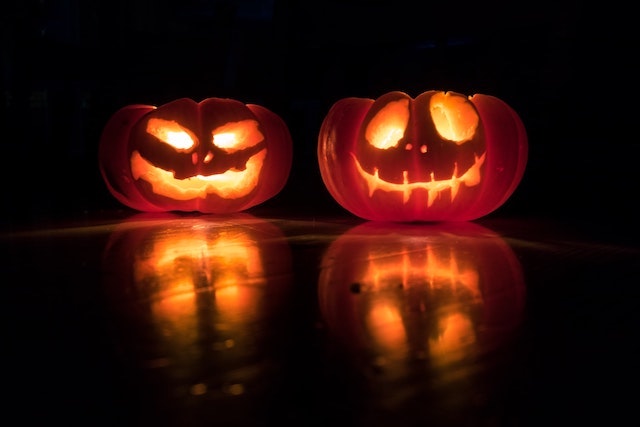
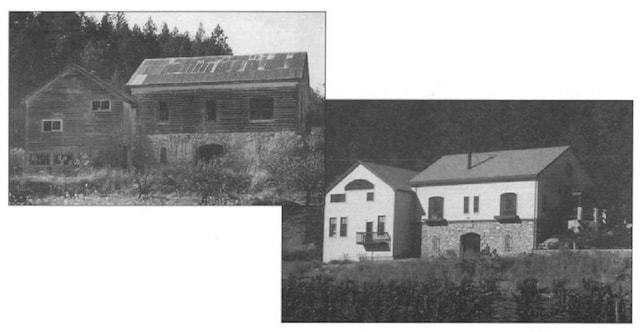
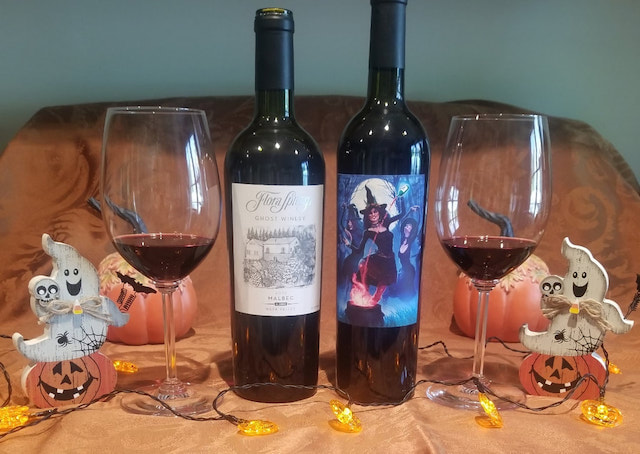
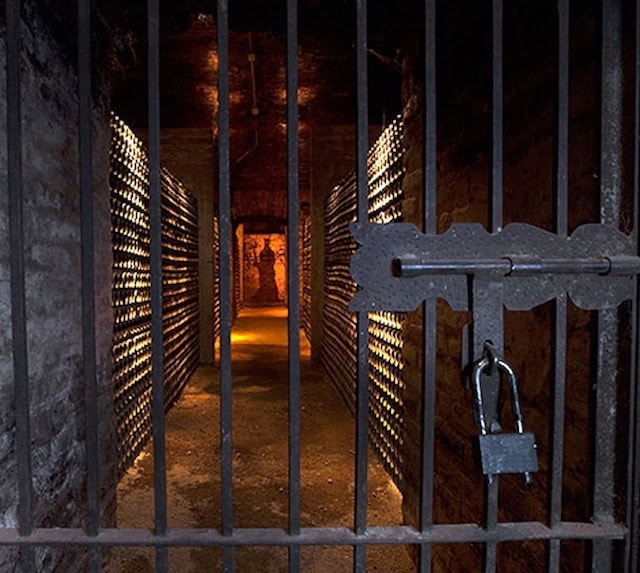

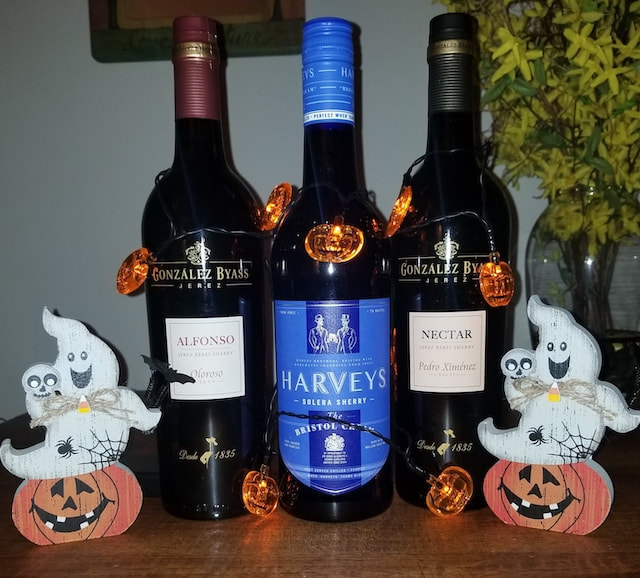
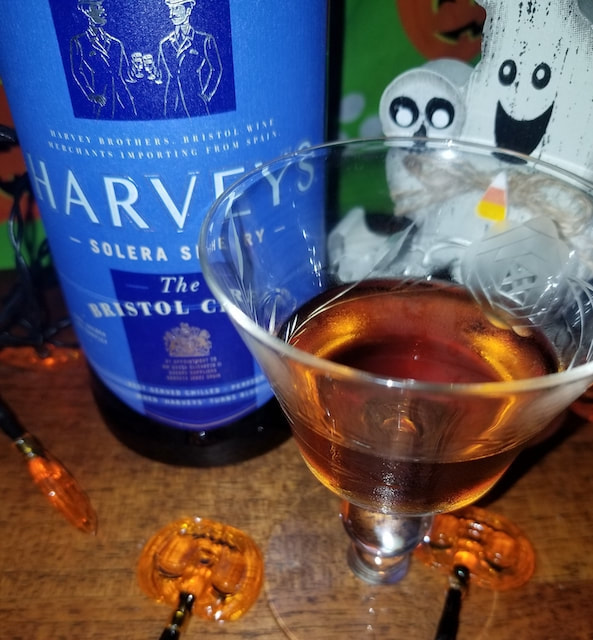
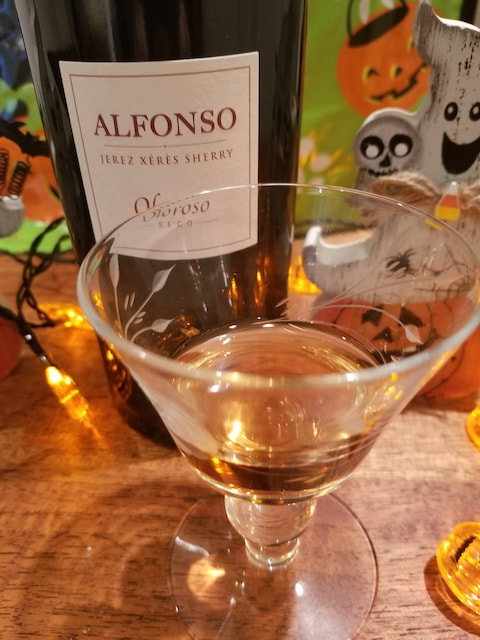
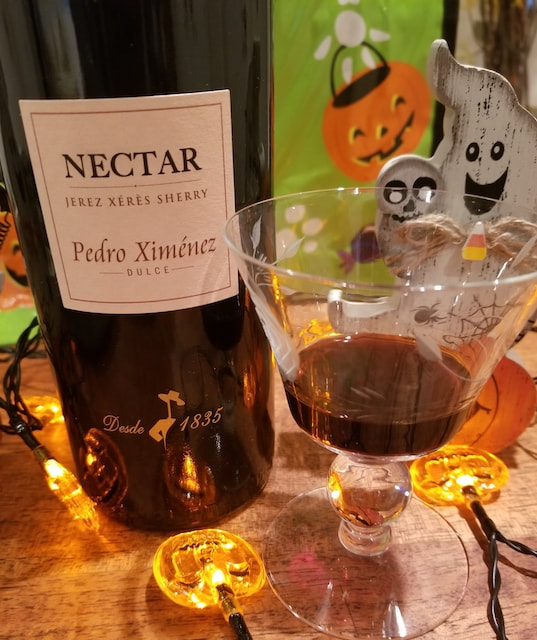
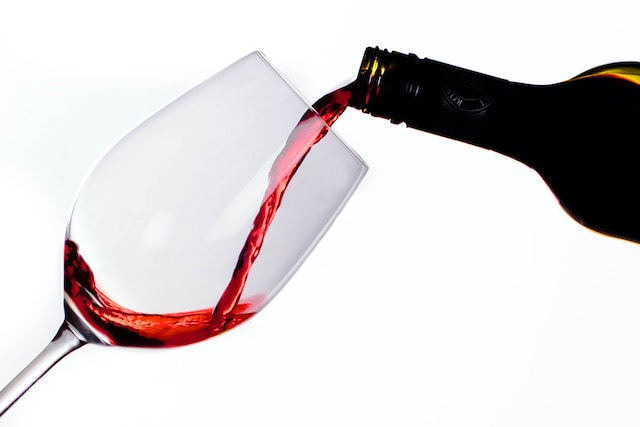

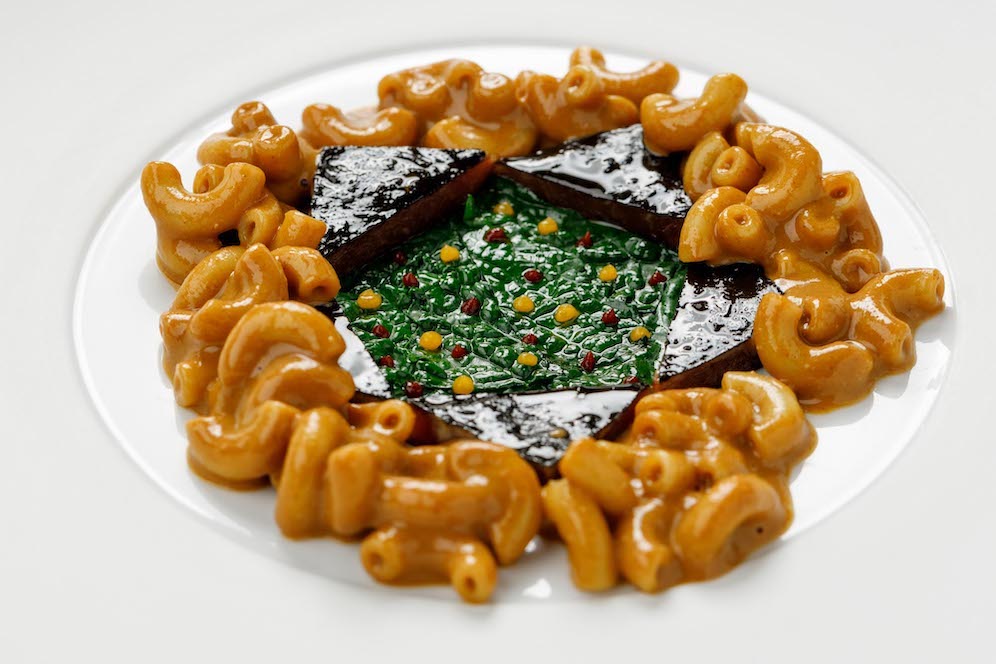
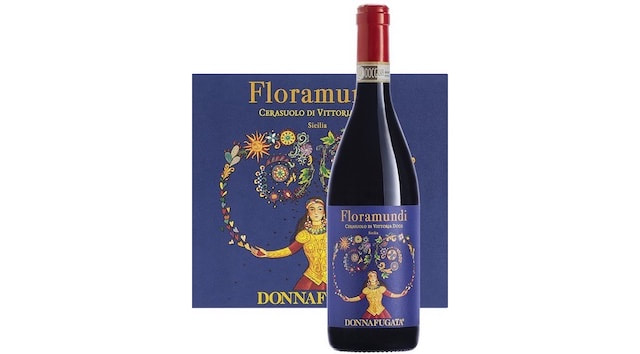
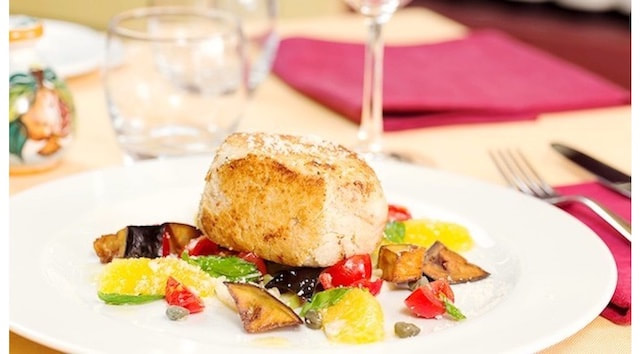
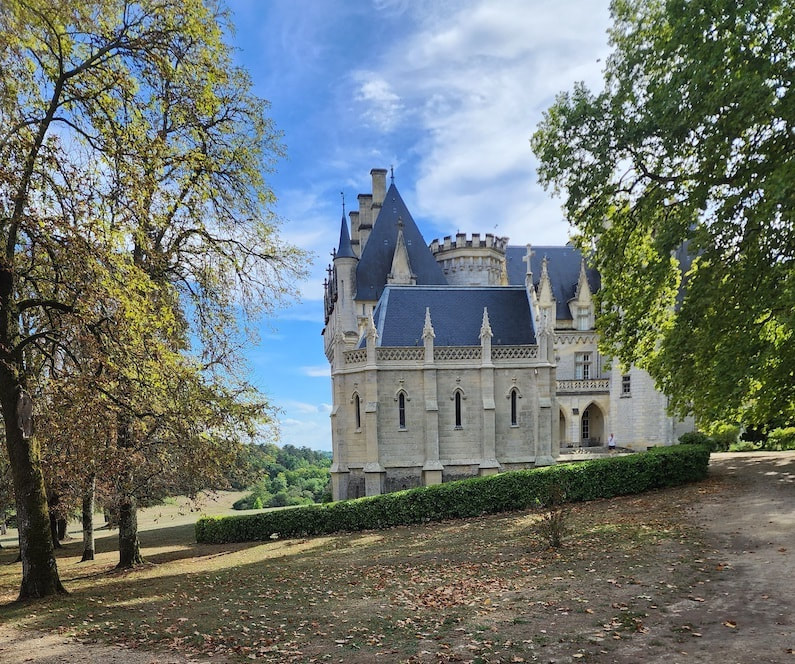
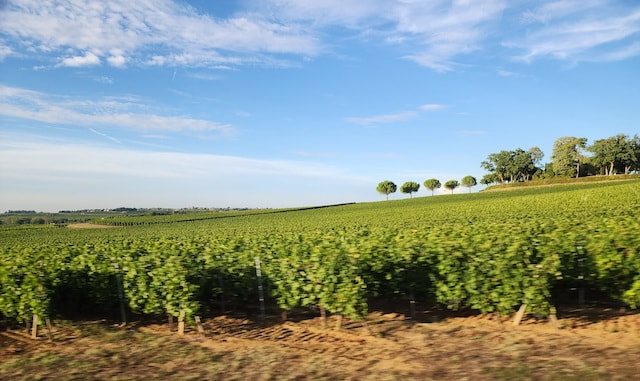
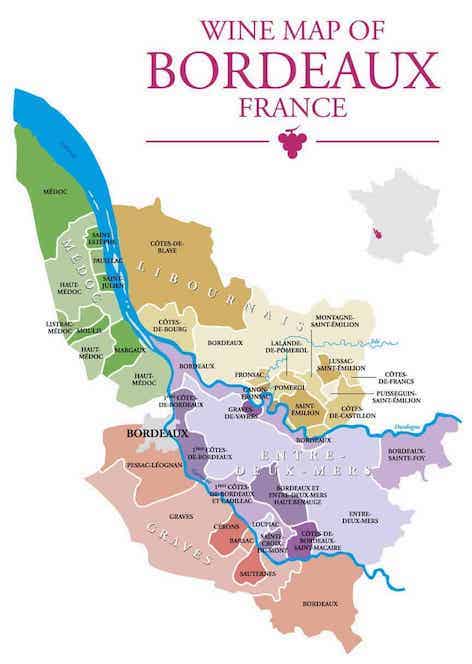
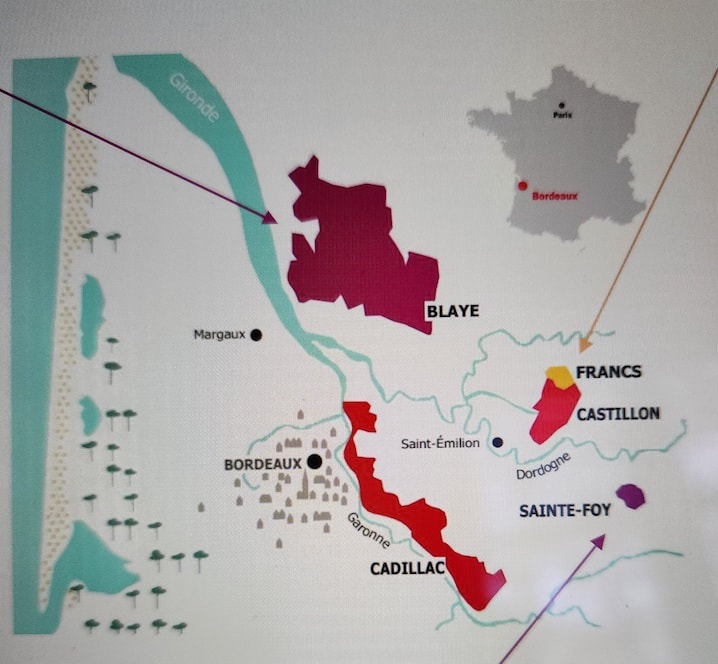
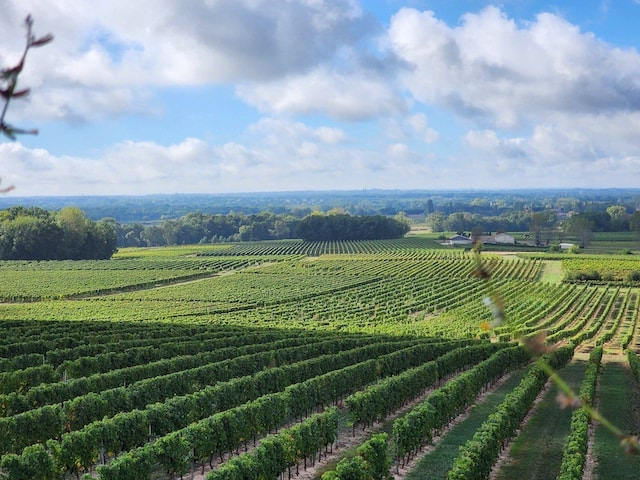
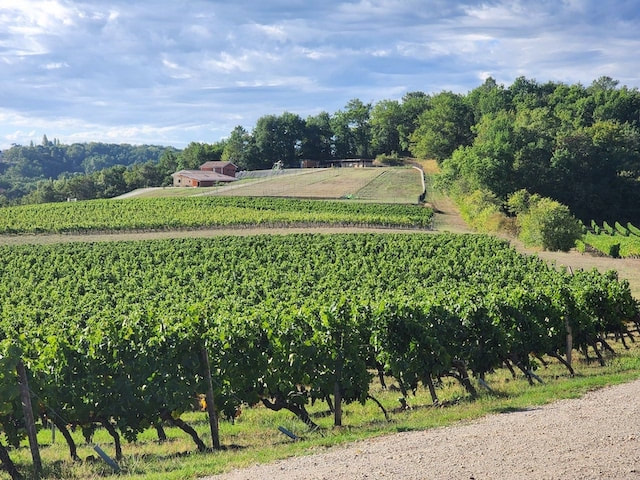
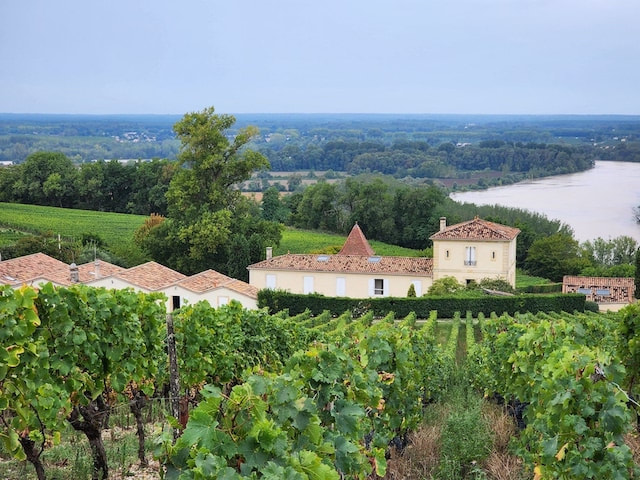
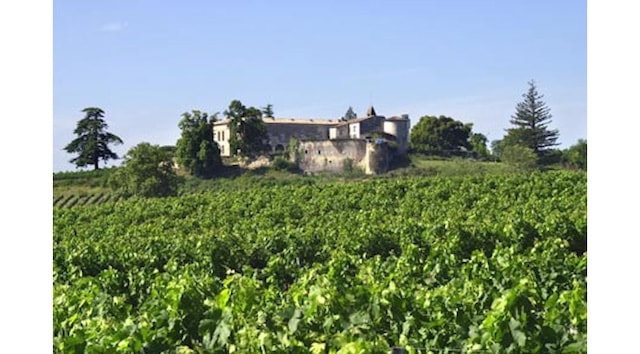
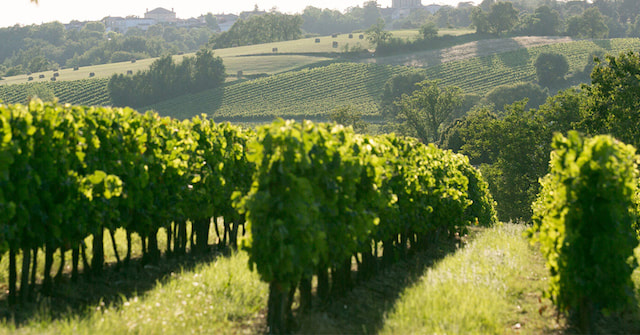
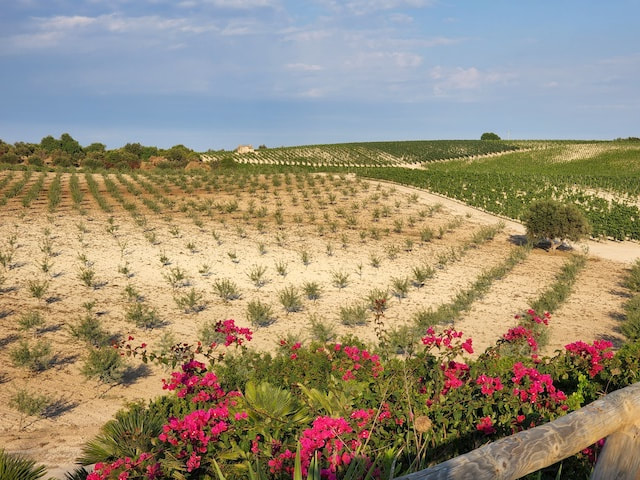
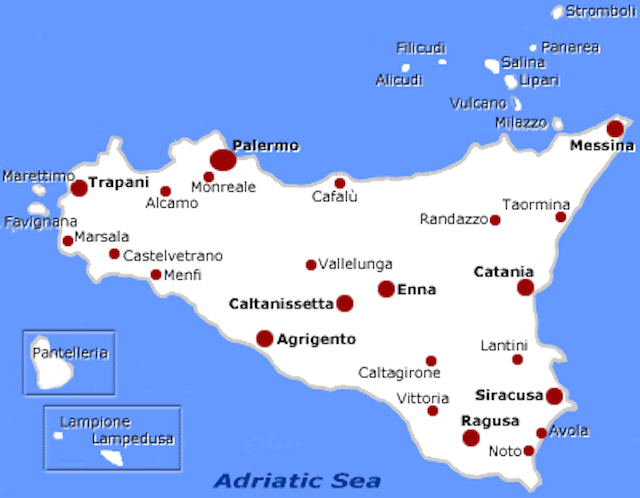
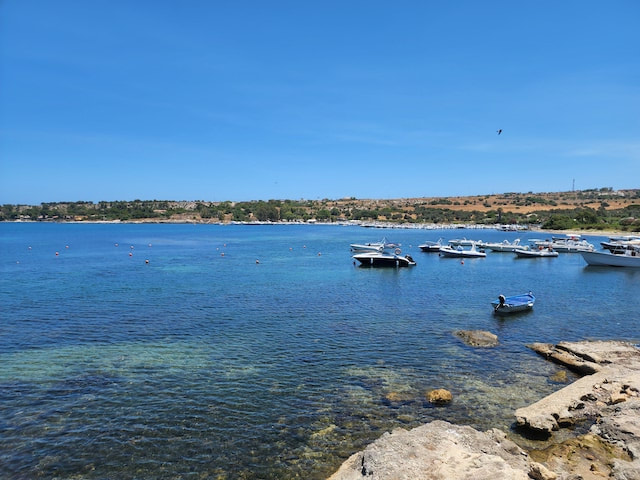
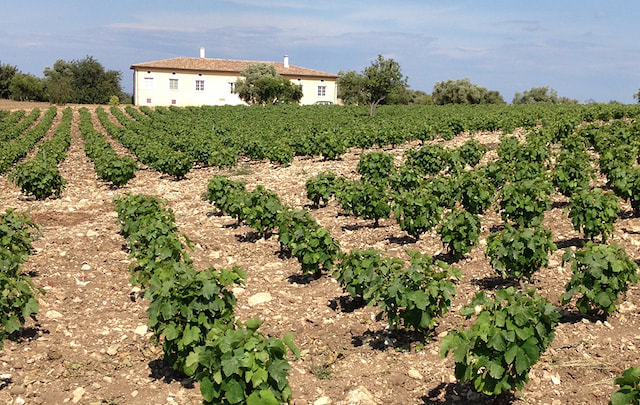
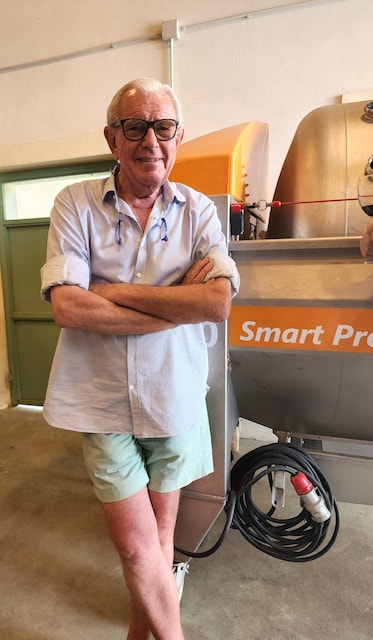
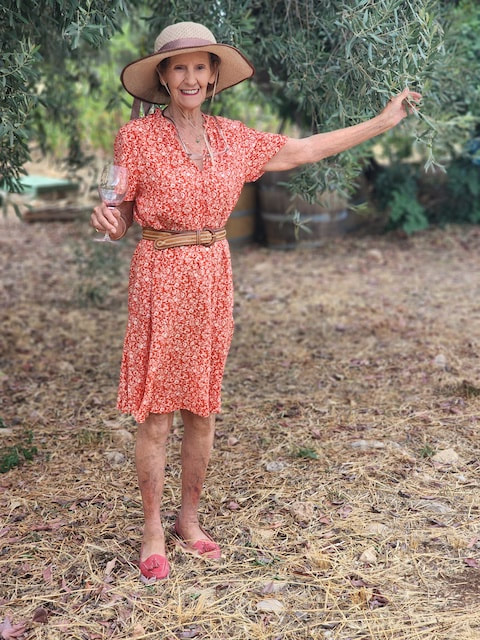
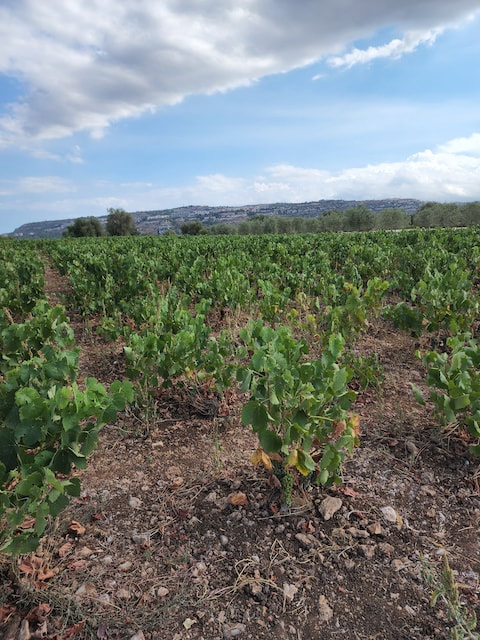
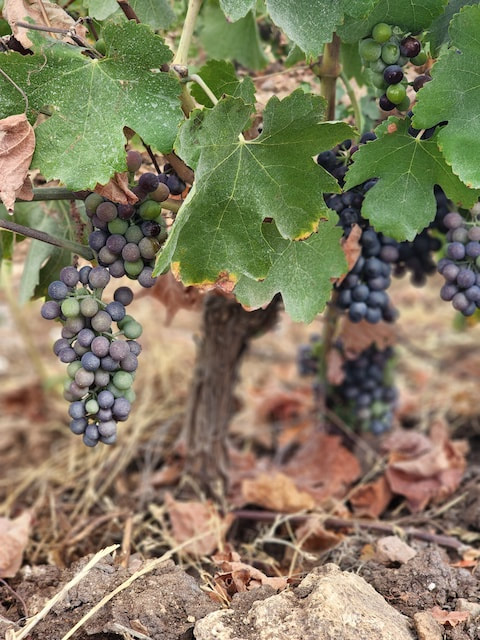
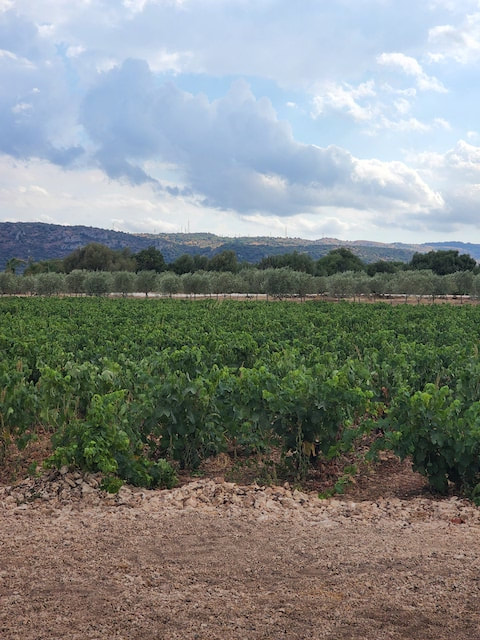
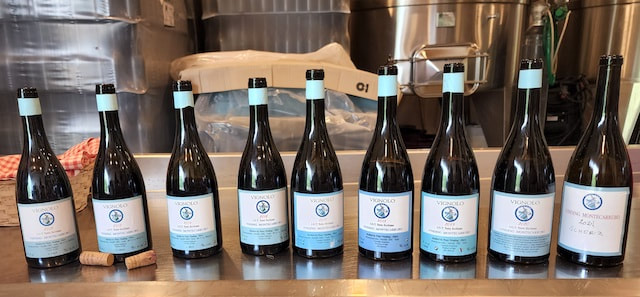
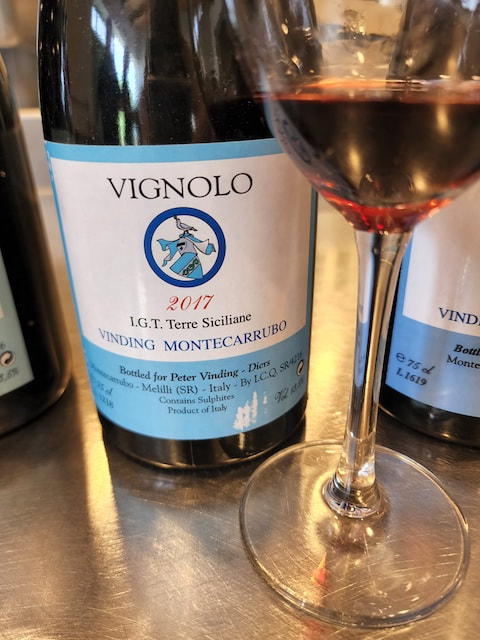
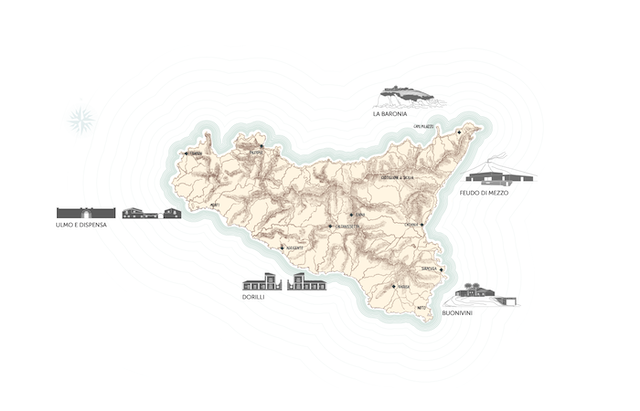
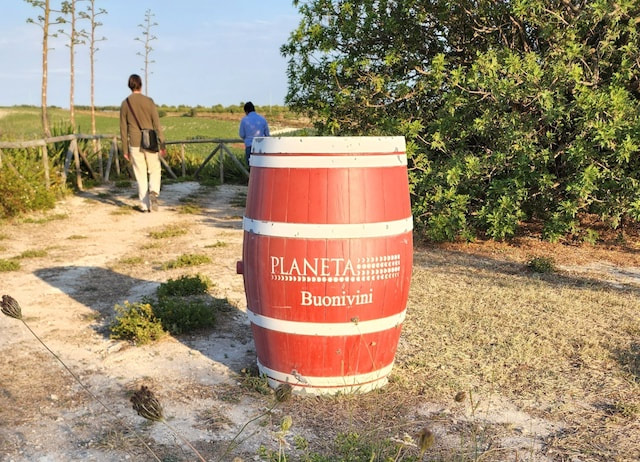
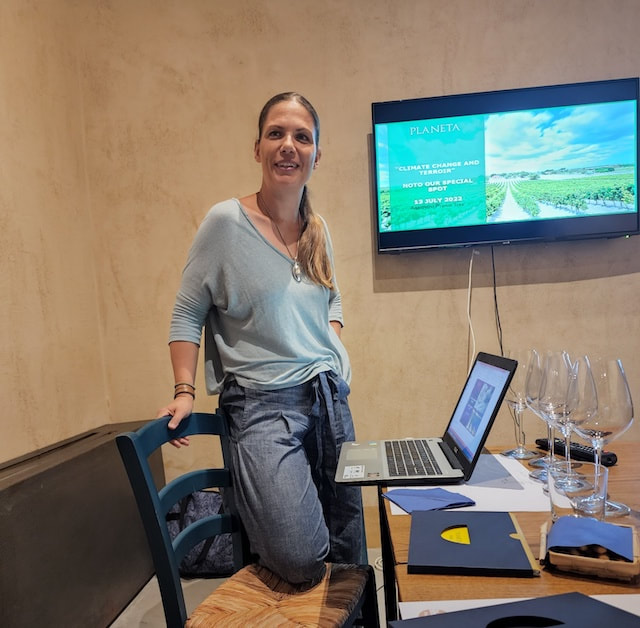
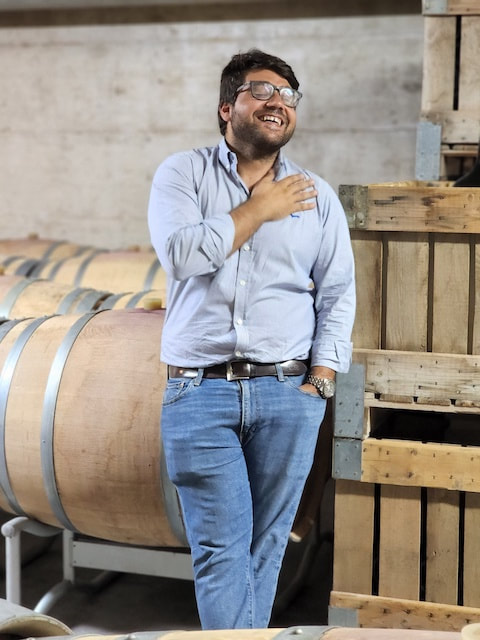
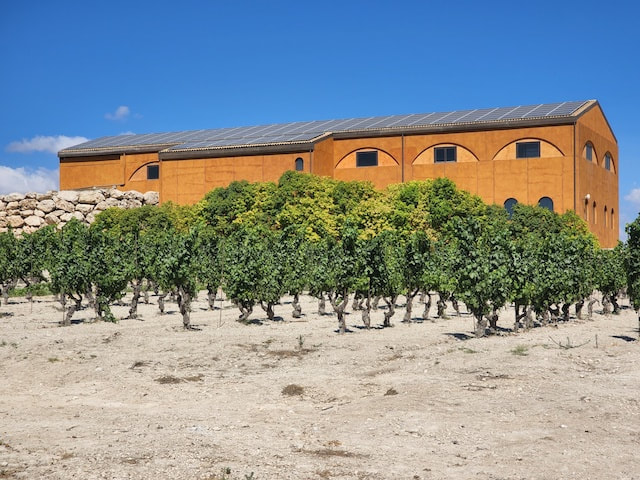
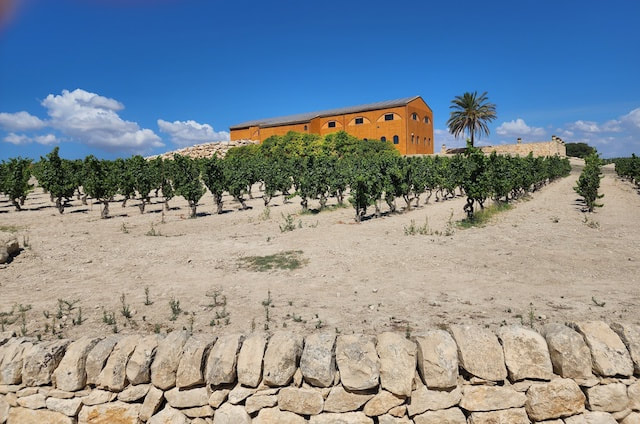
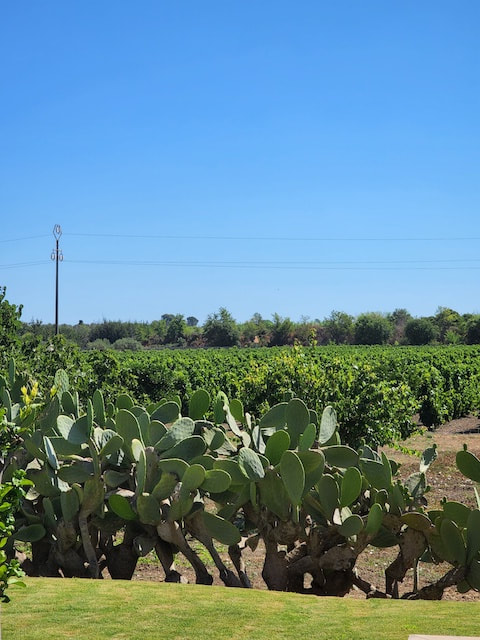
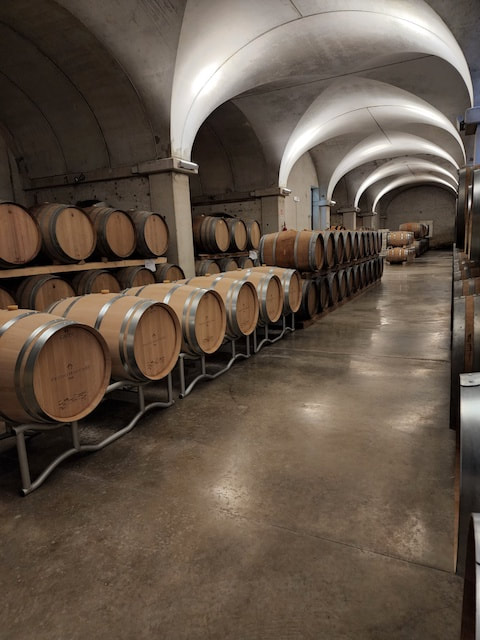
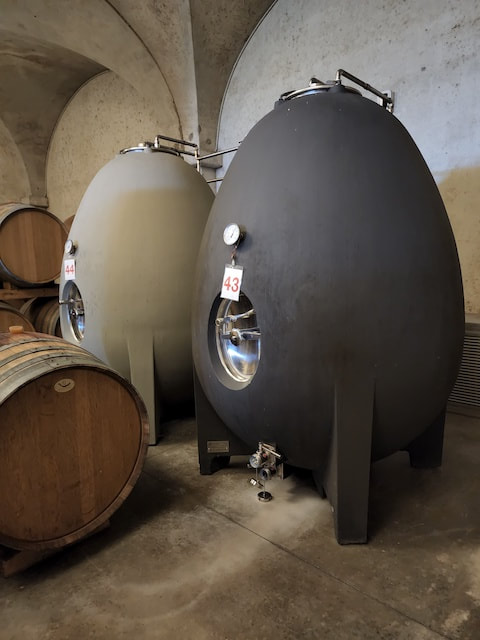
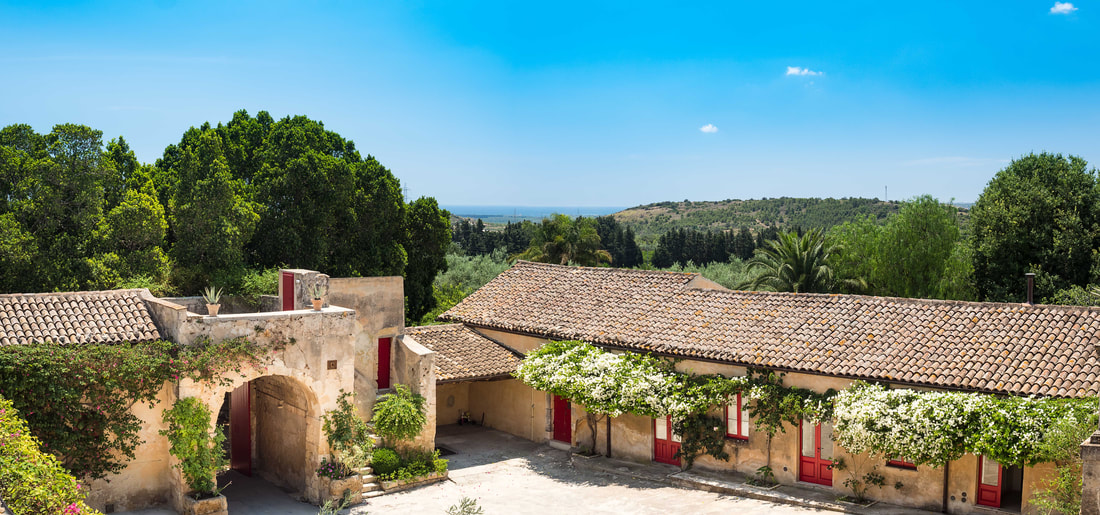
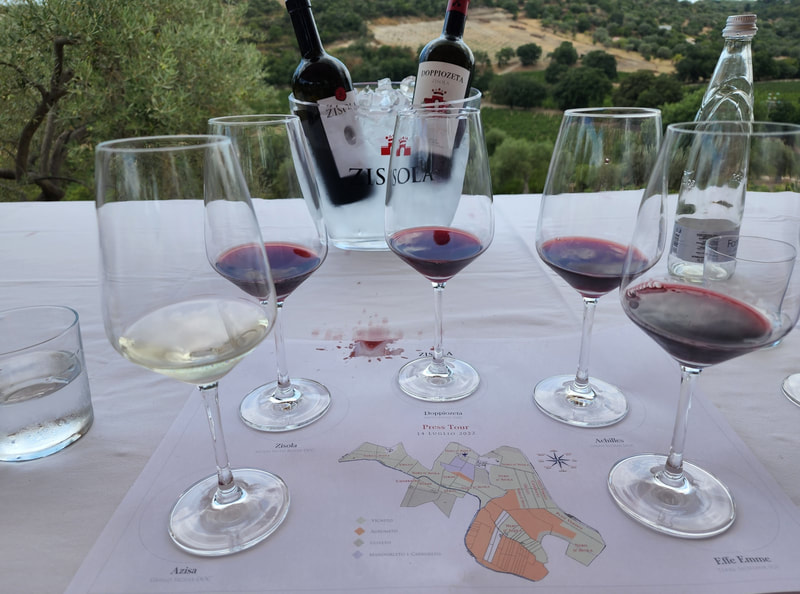
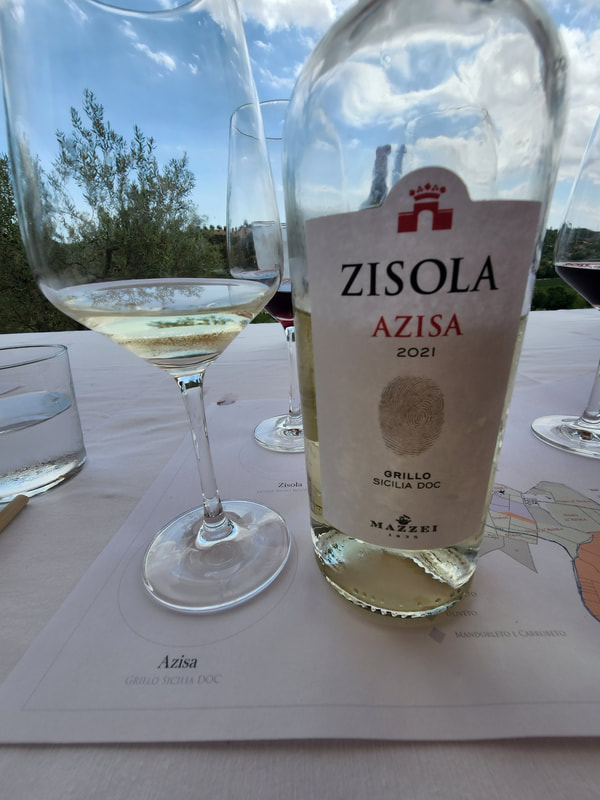
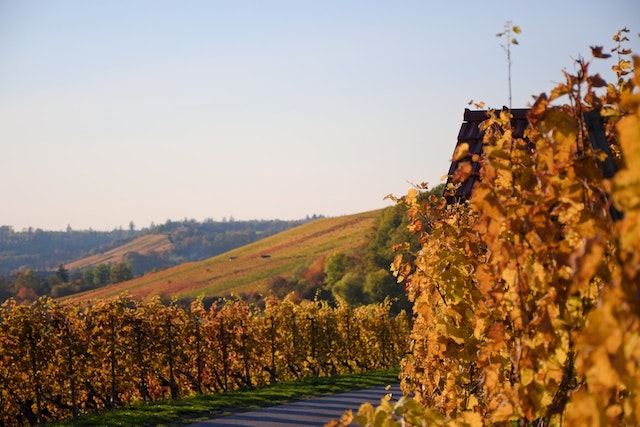
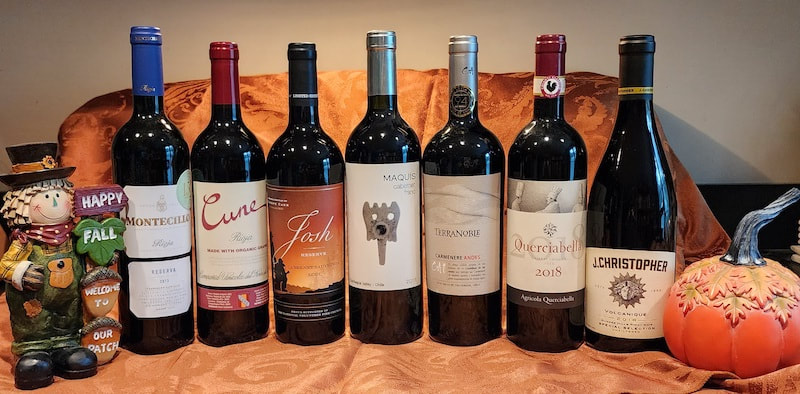
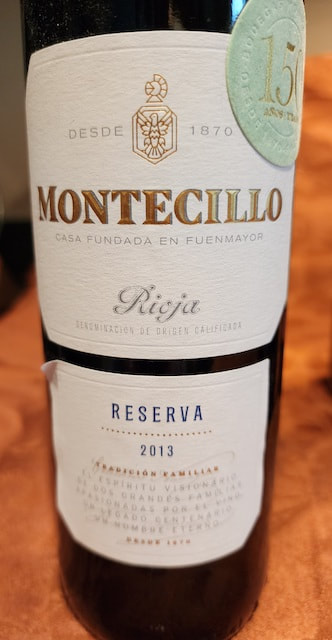
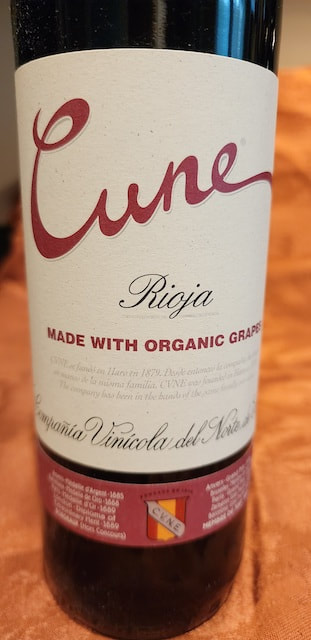
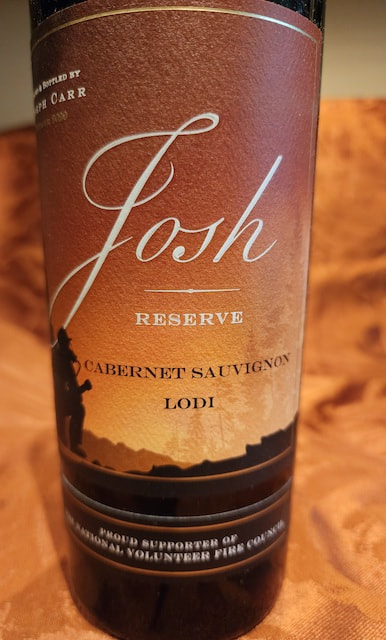
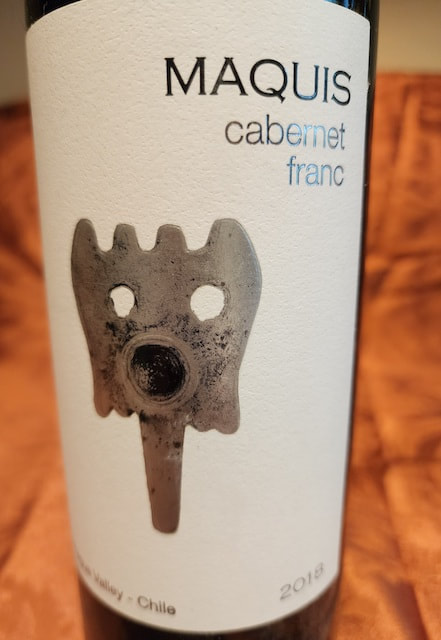
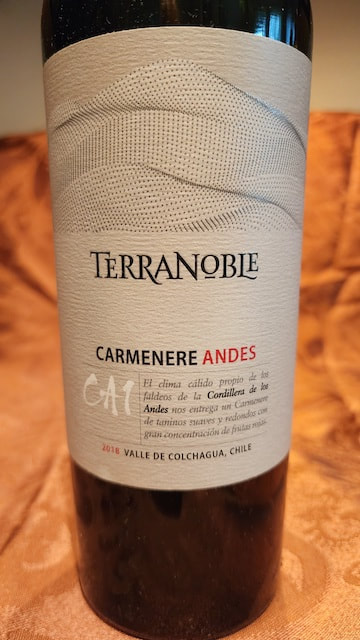
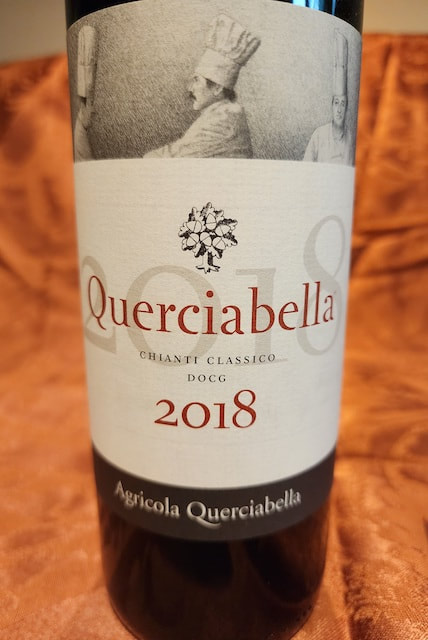
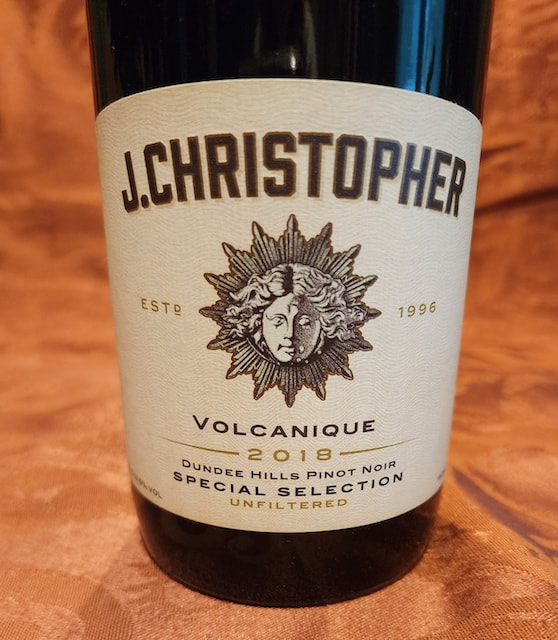
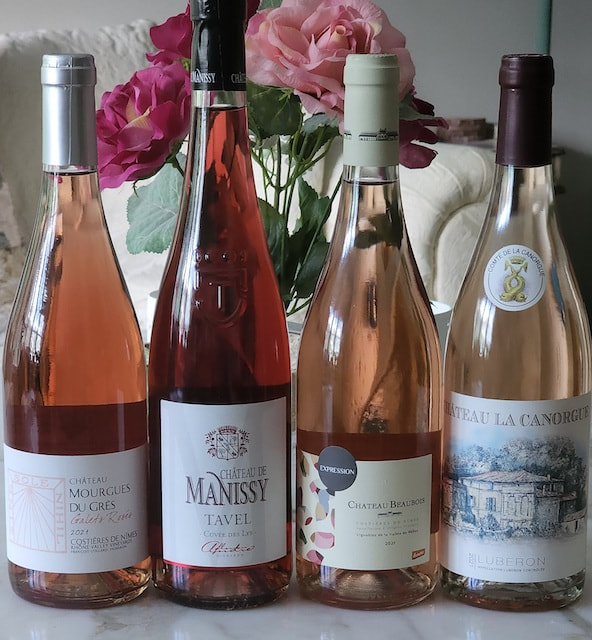
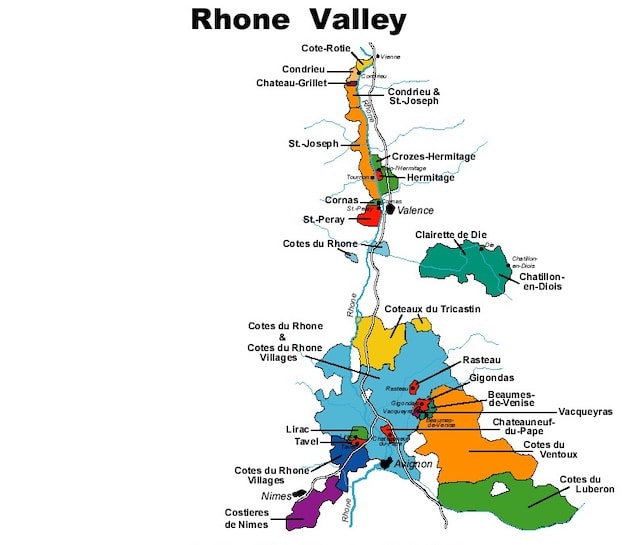
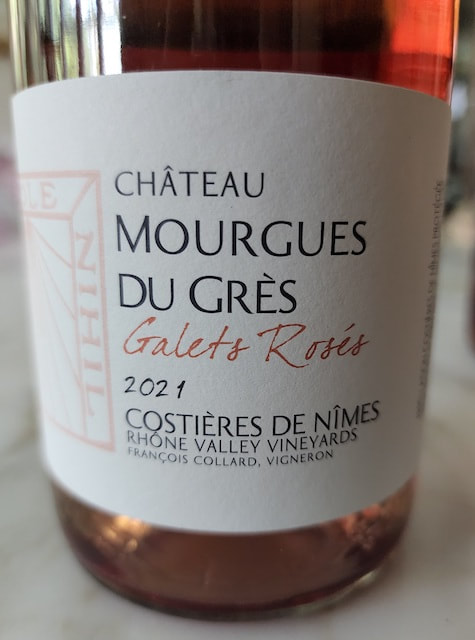
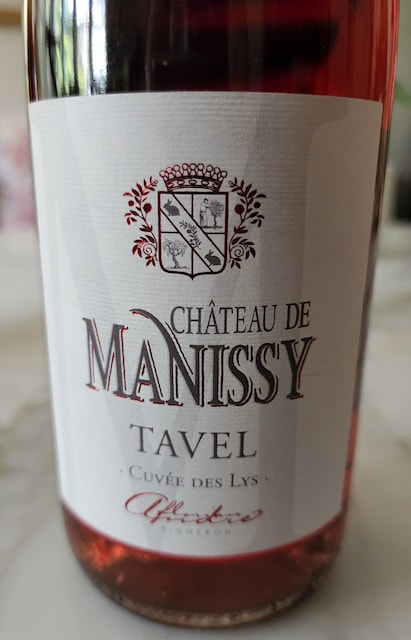
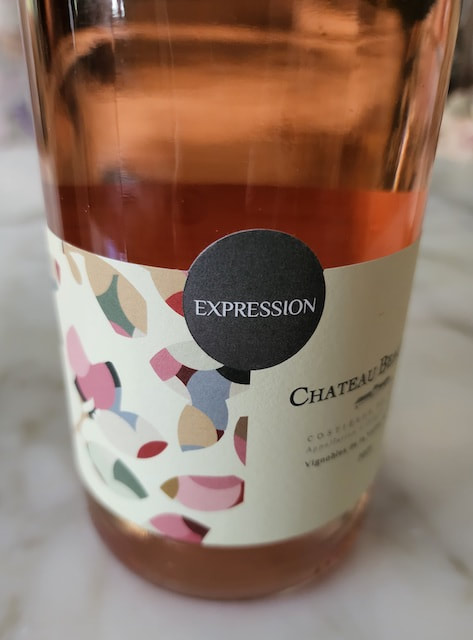
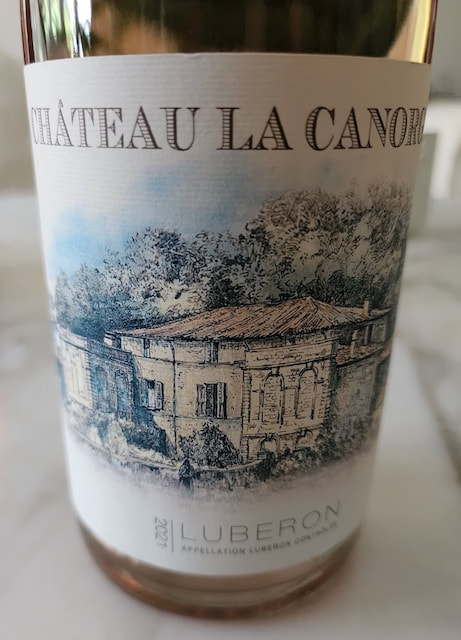
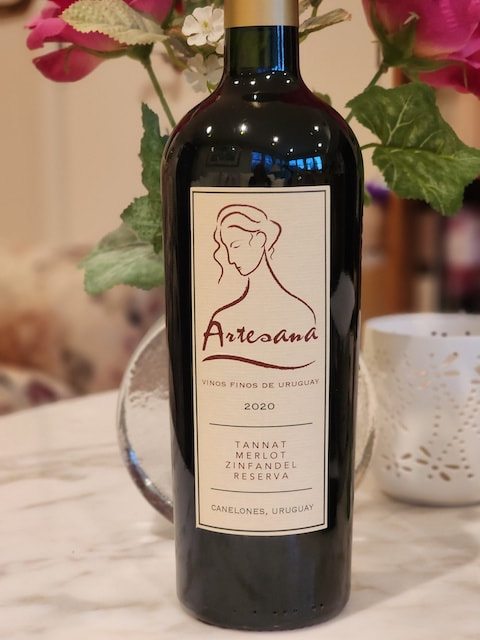
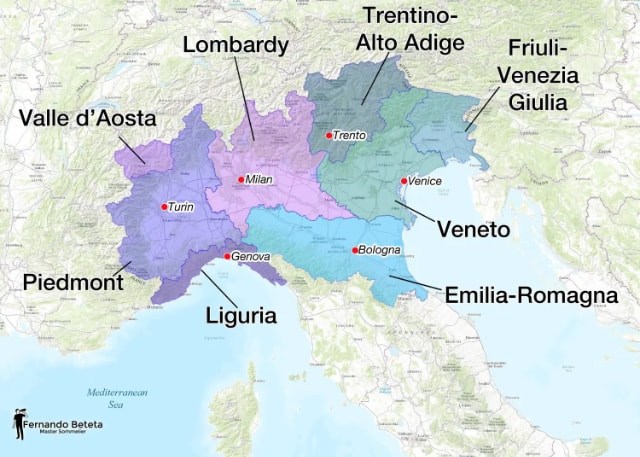
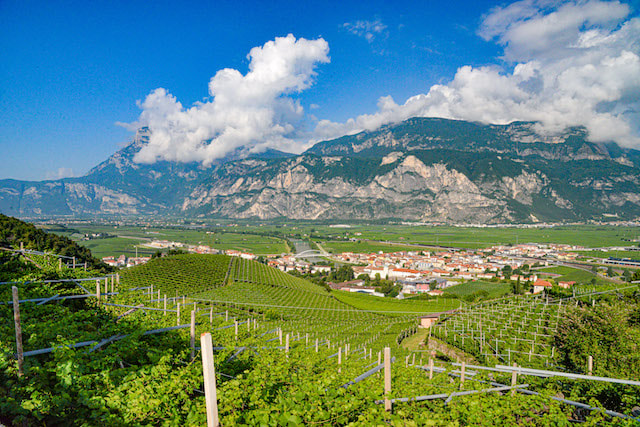
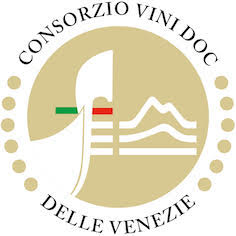
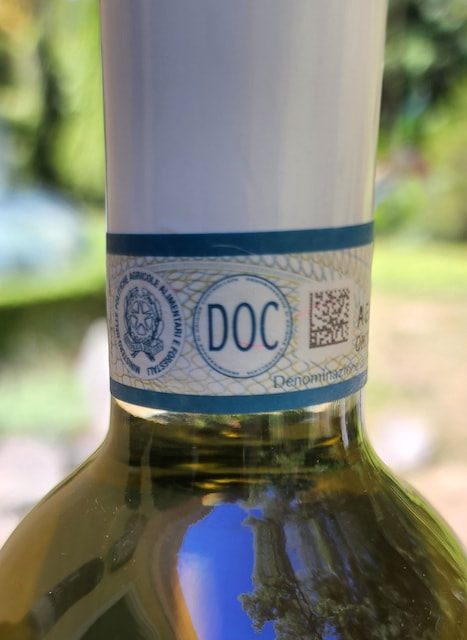
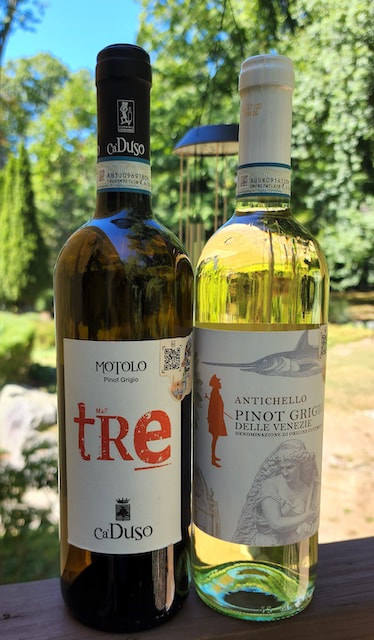
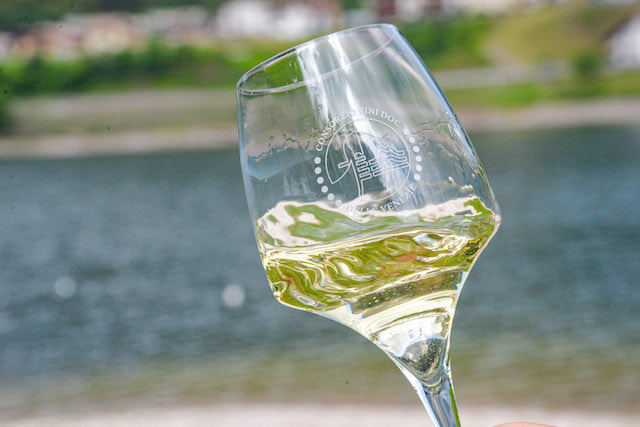

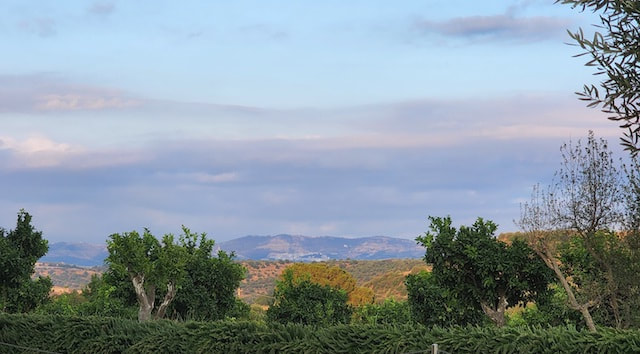
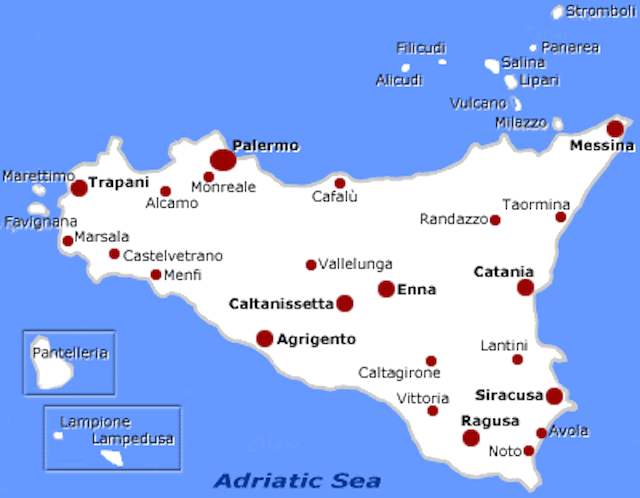
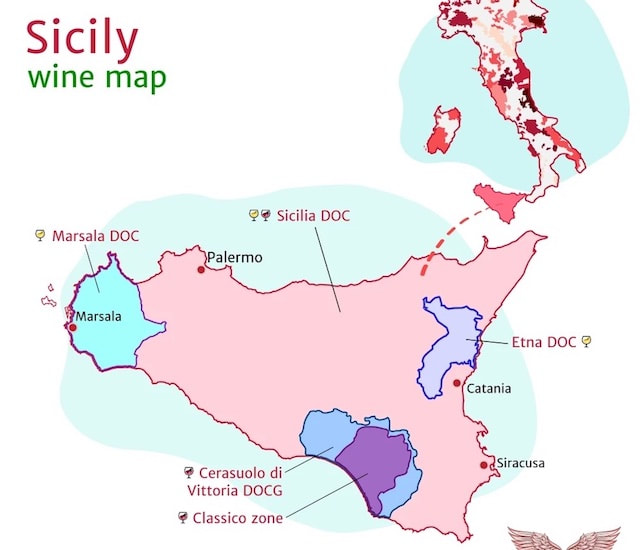
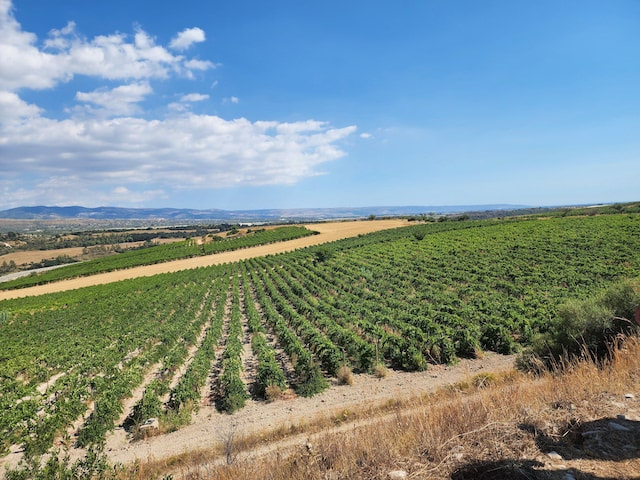
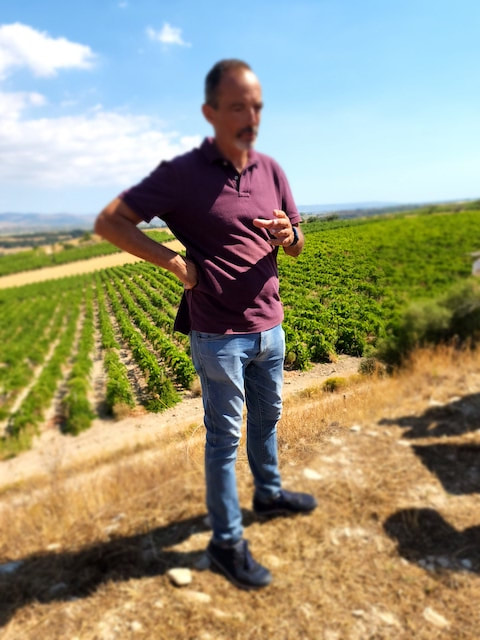
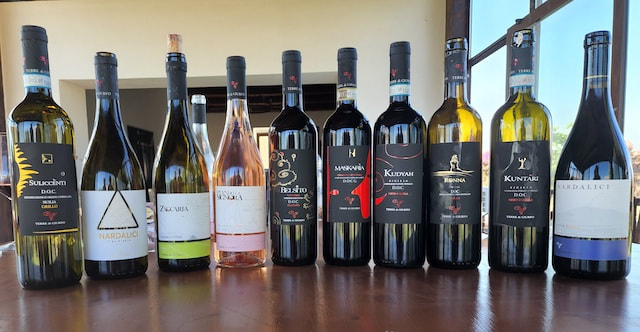
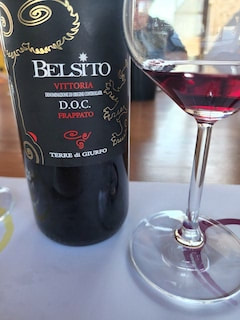
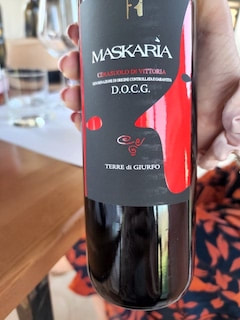
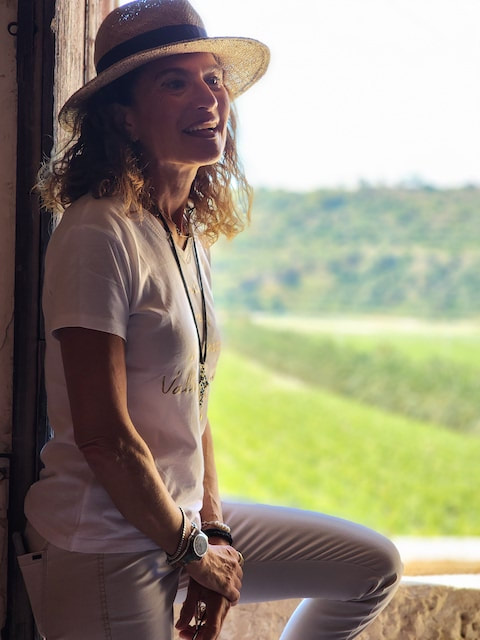
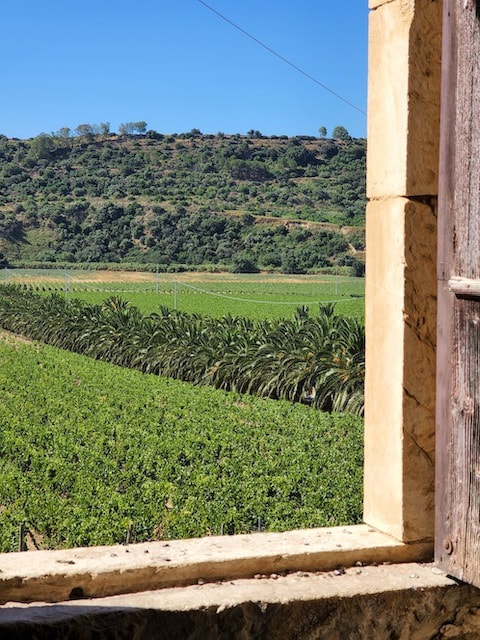
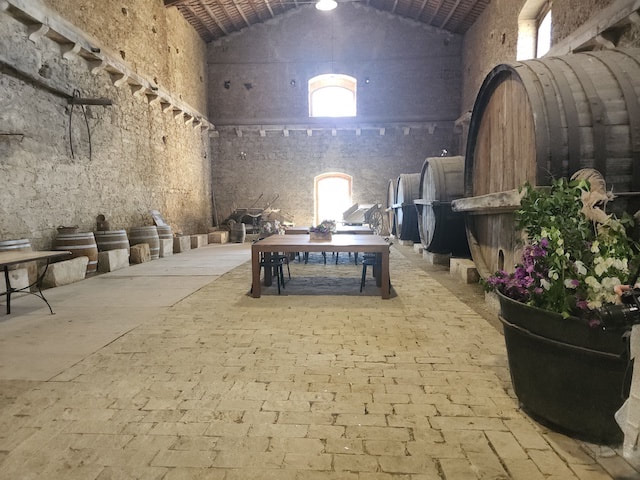
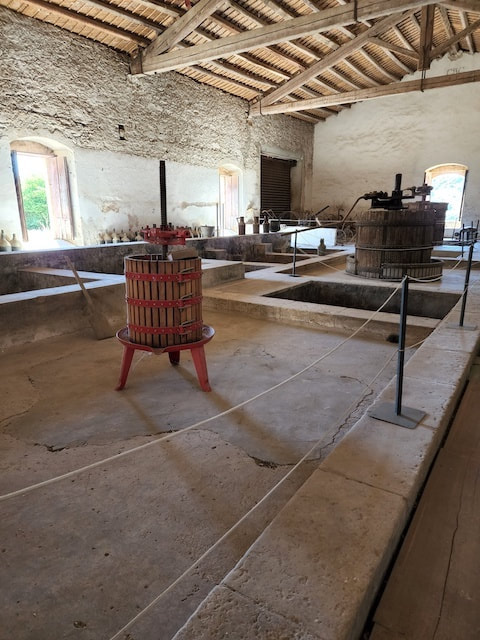
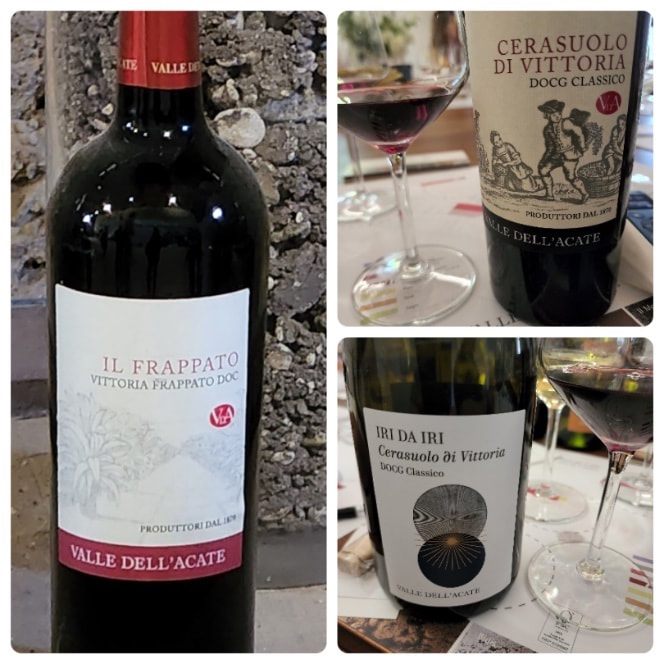
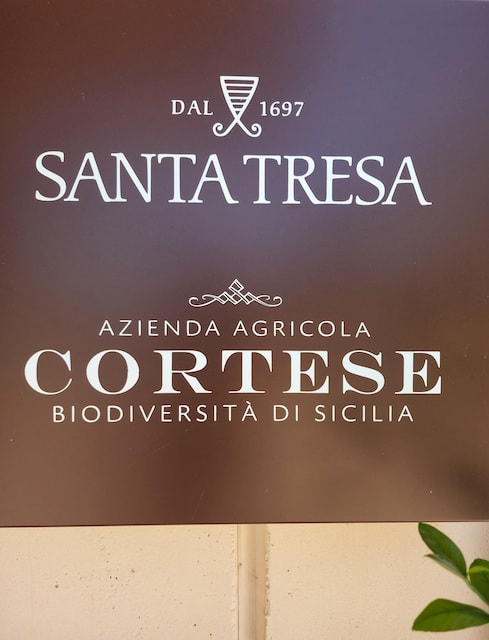
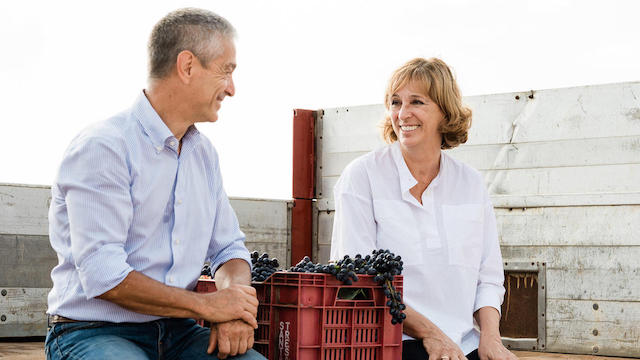
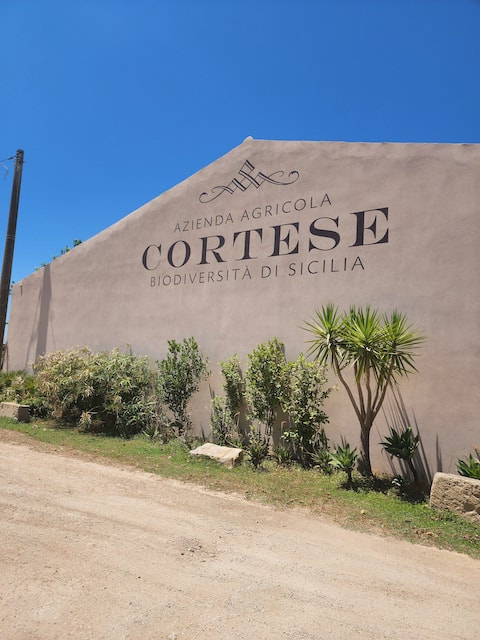
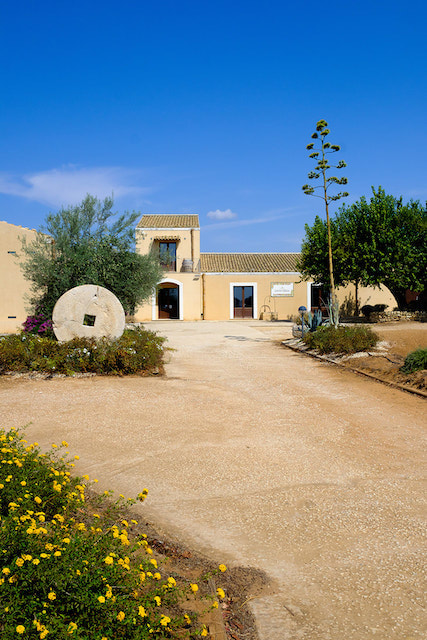
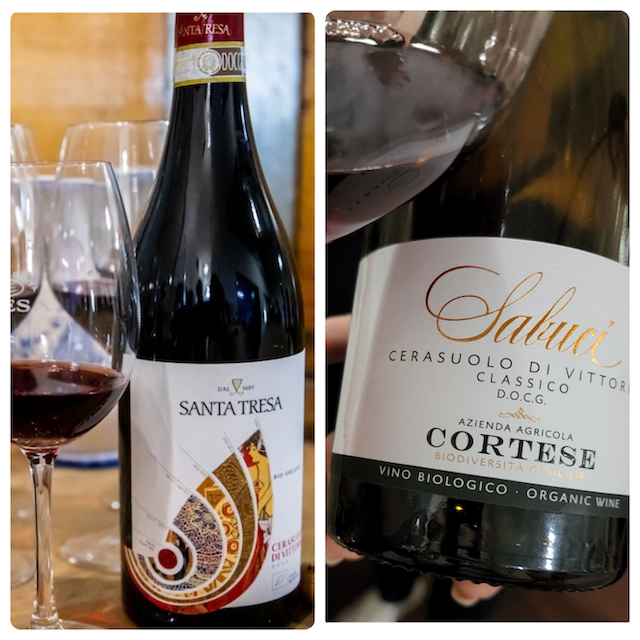
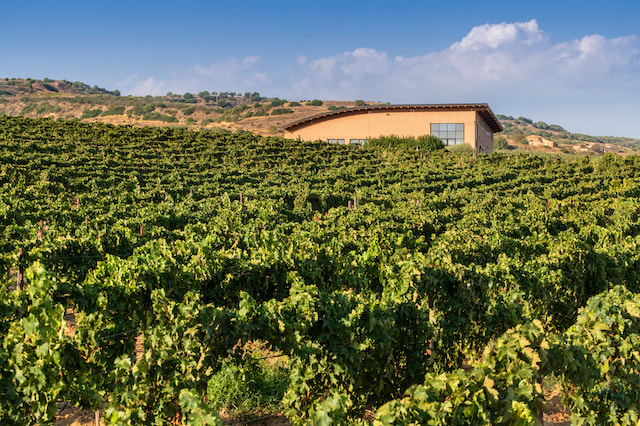
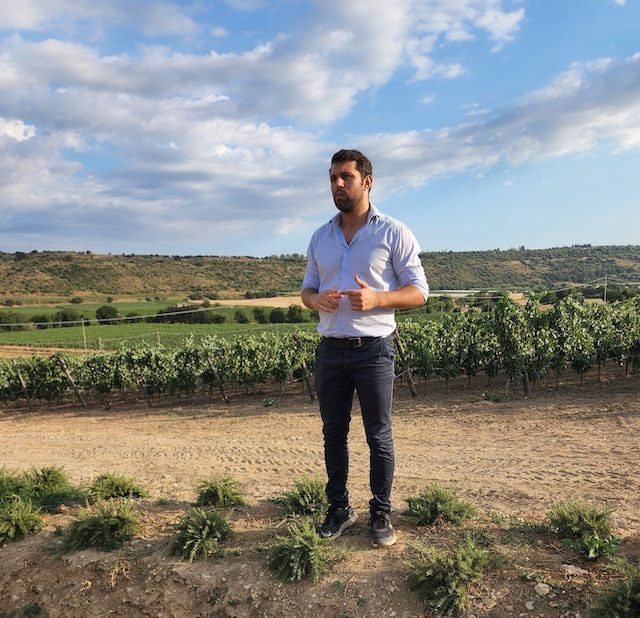
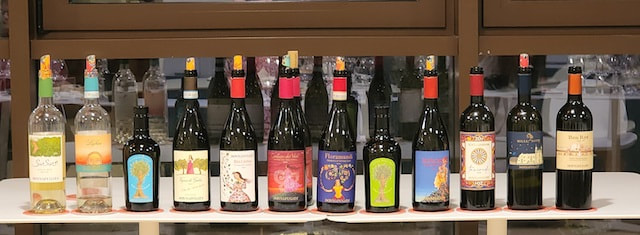
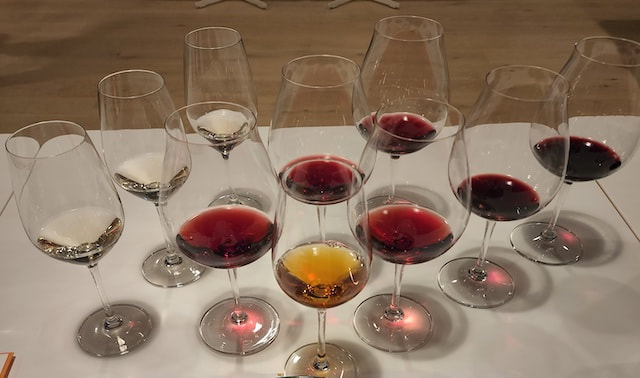
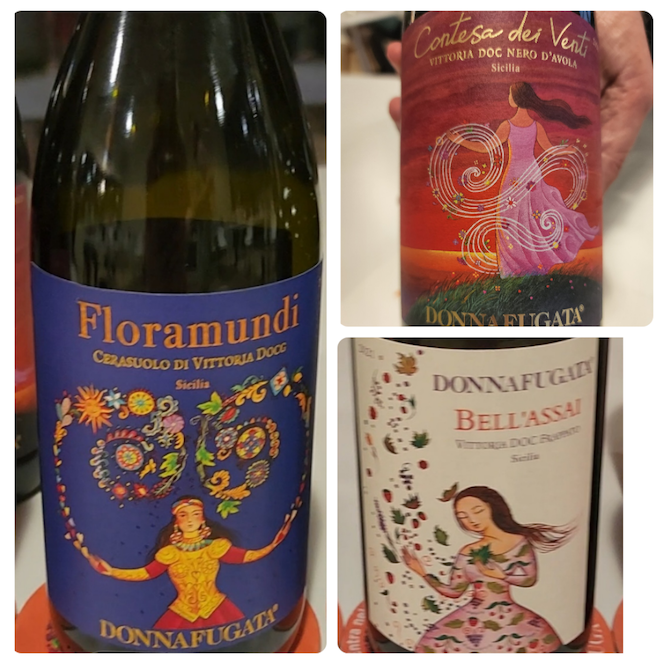
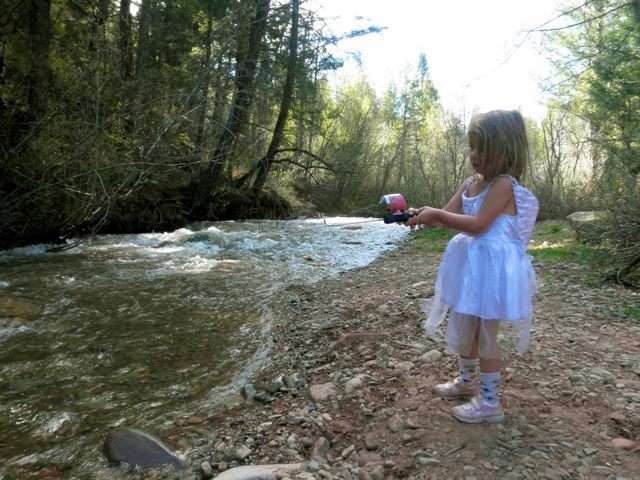
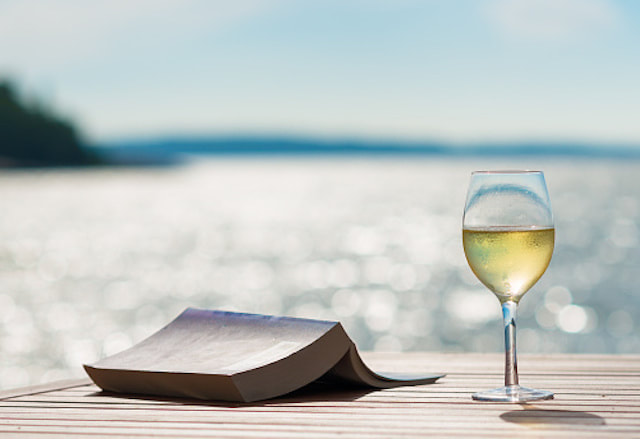
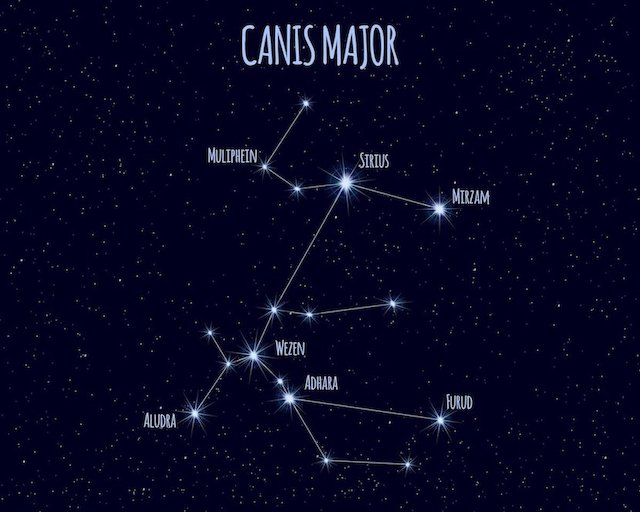
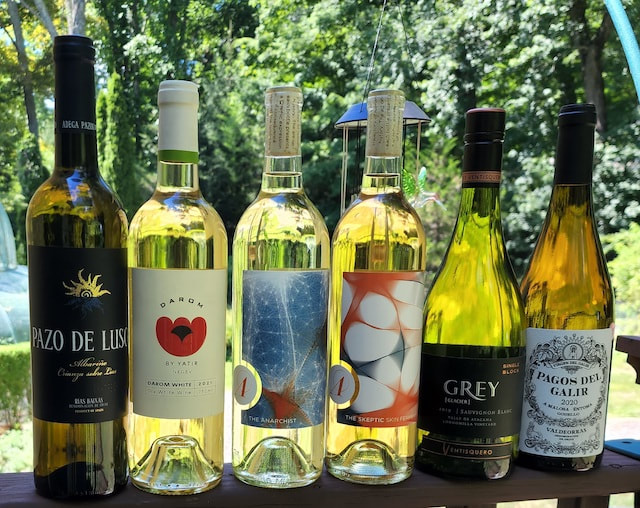
 RSS Feed
RSS Feed